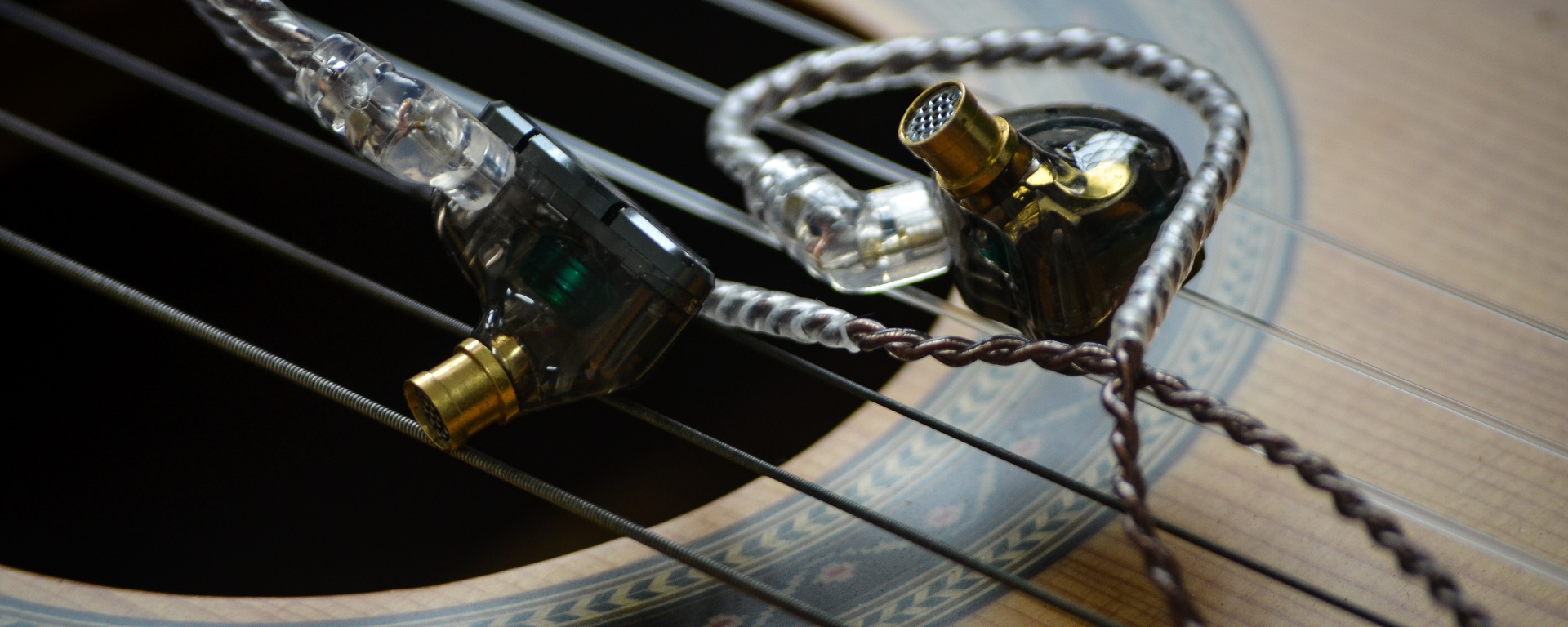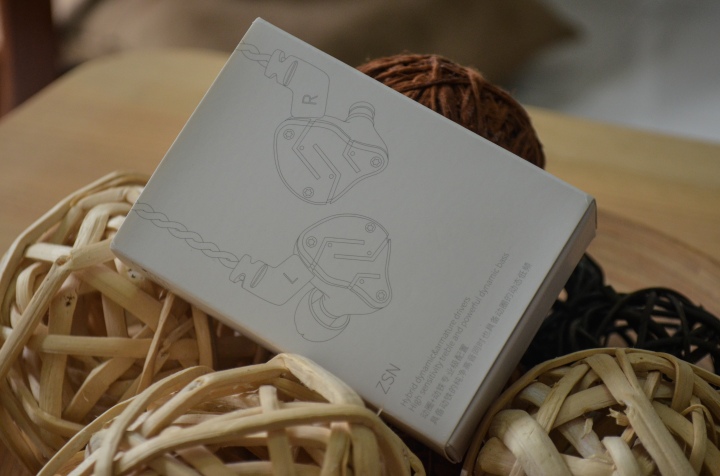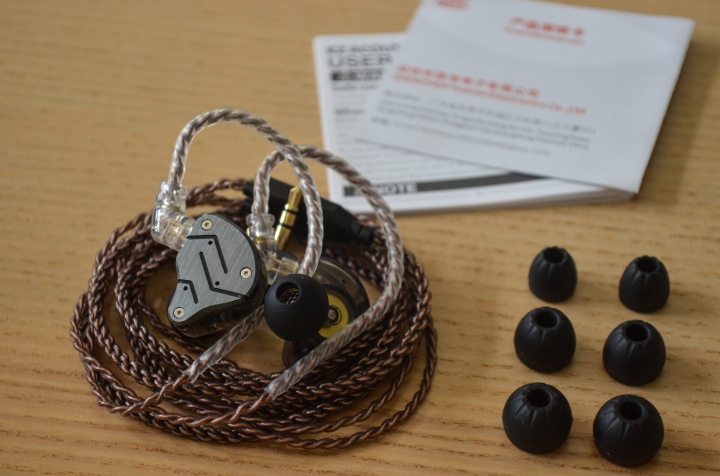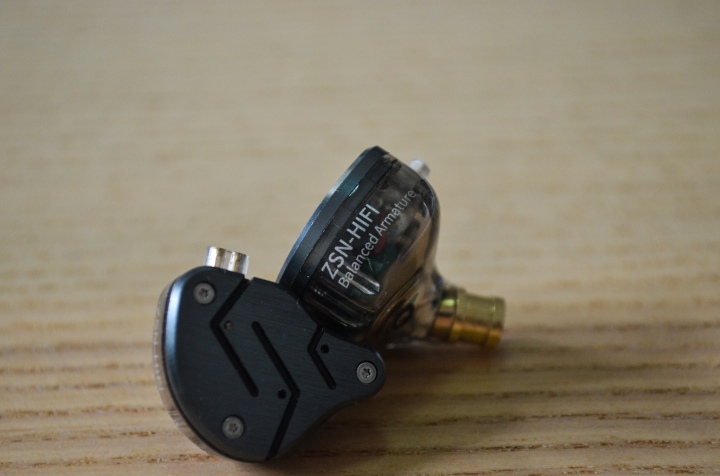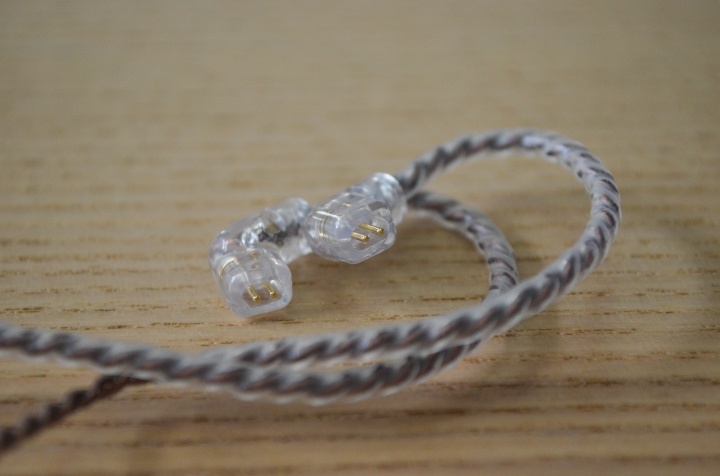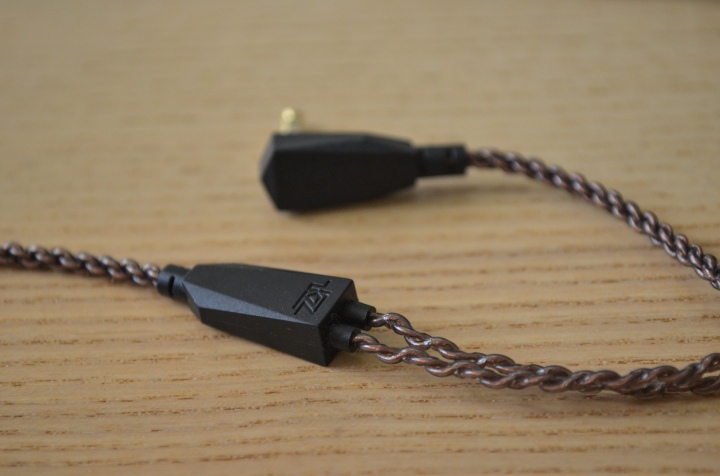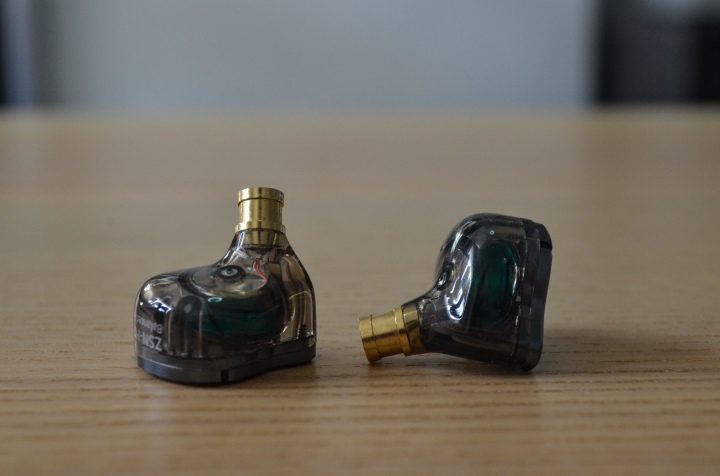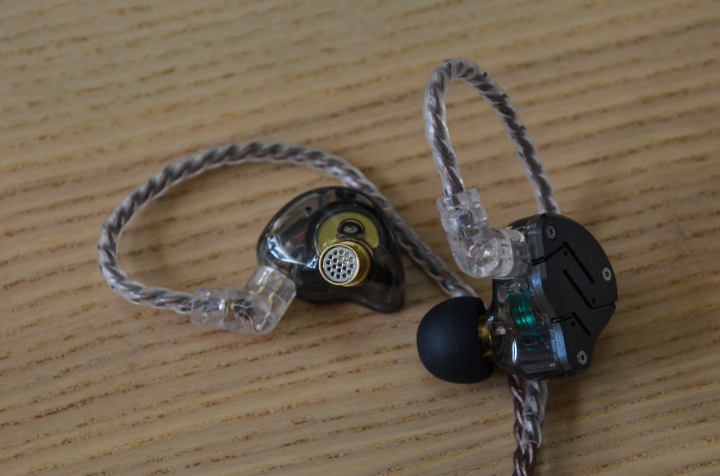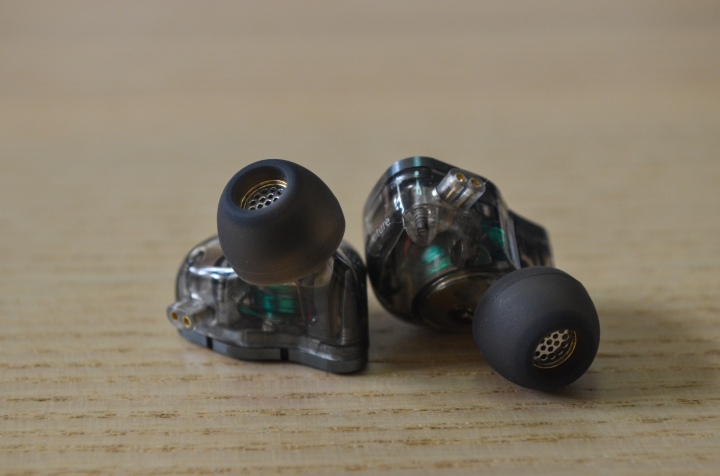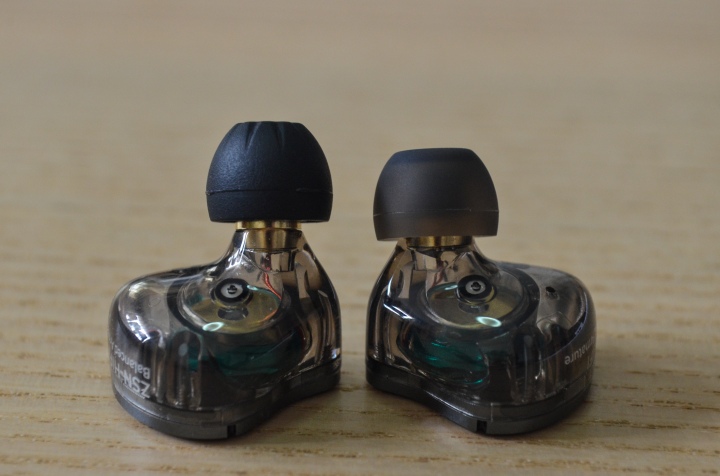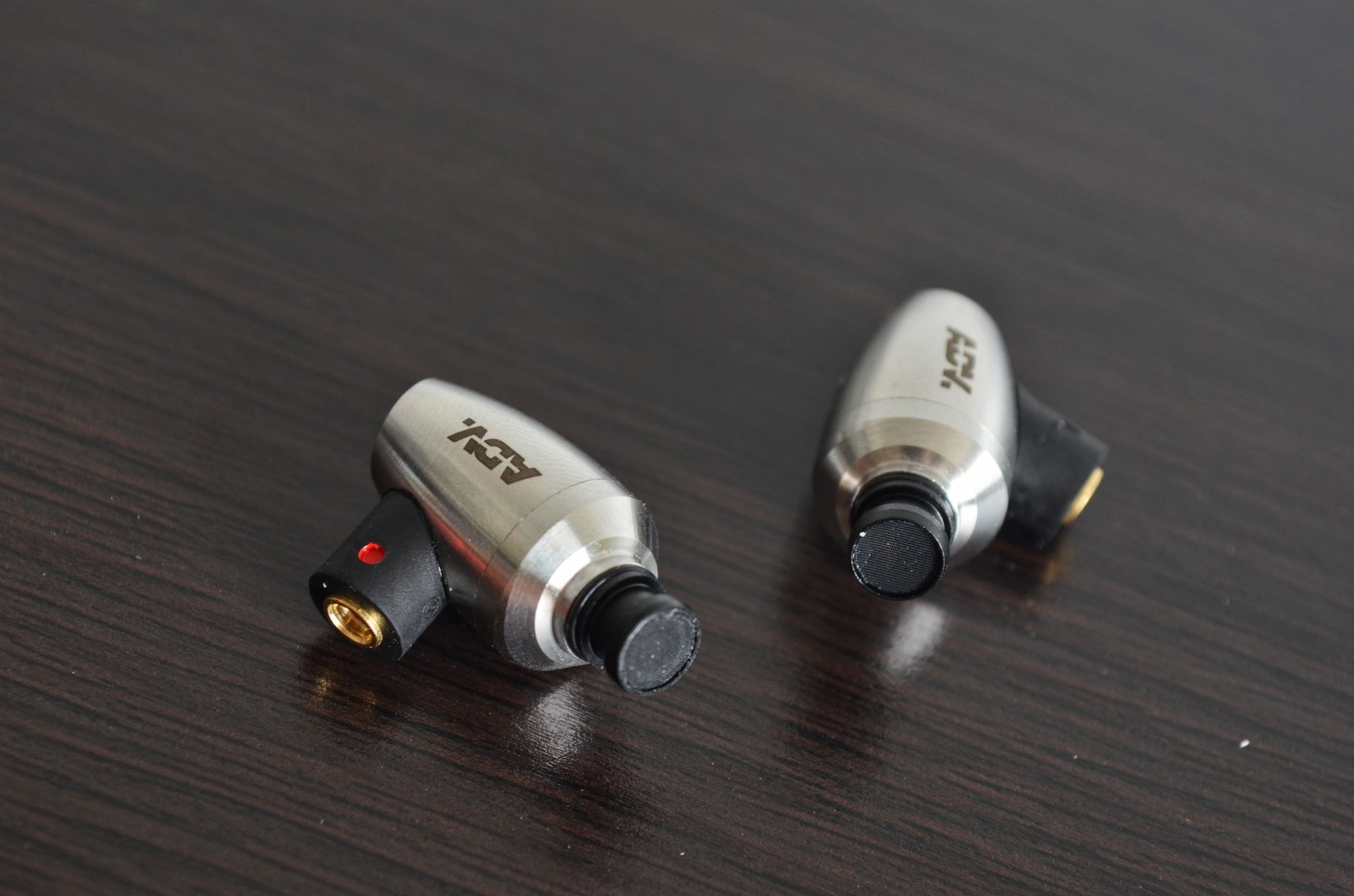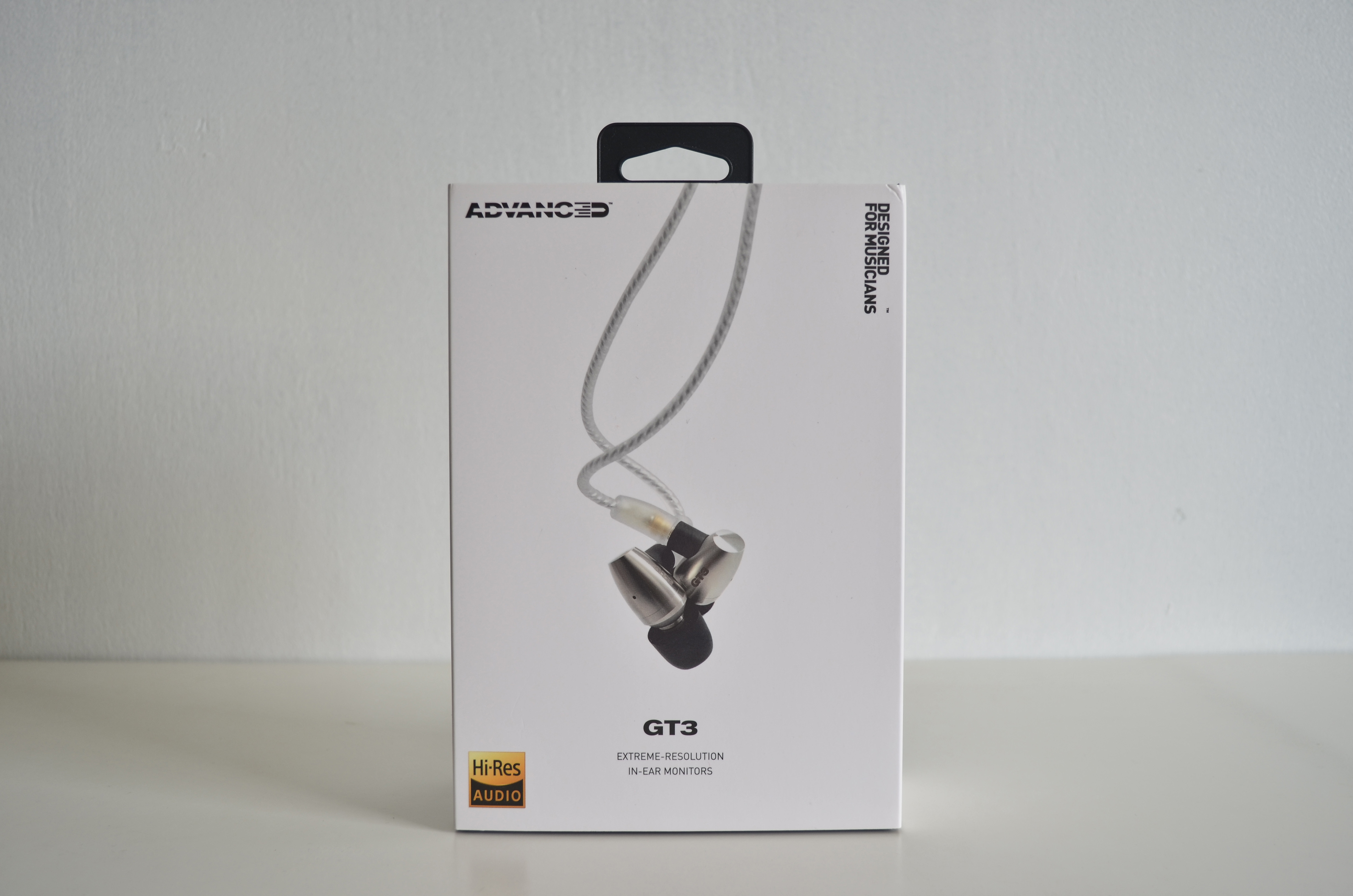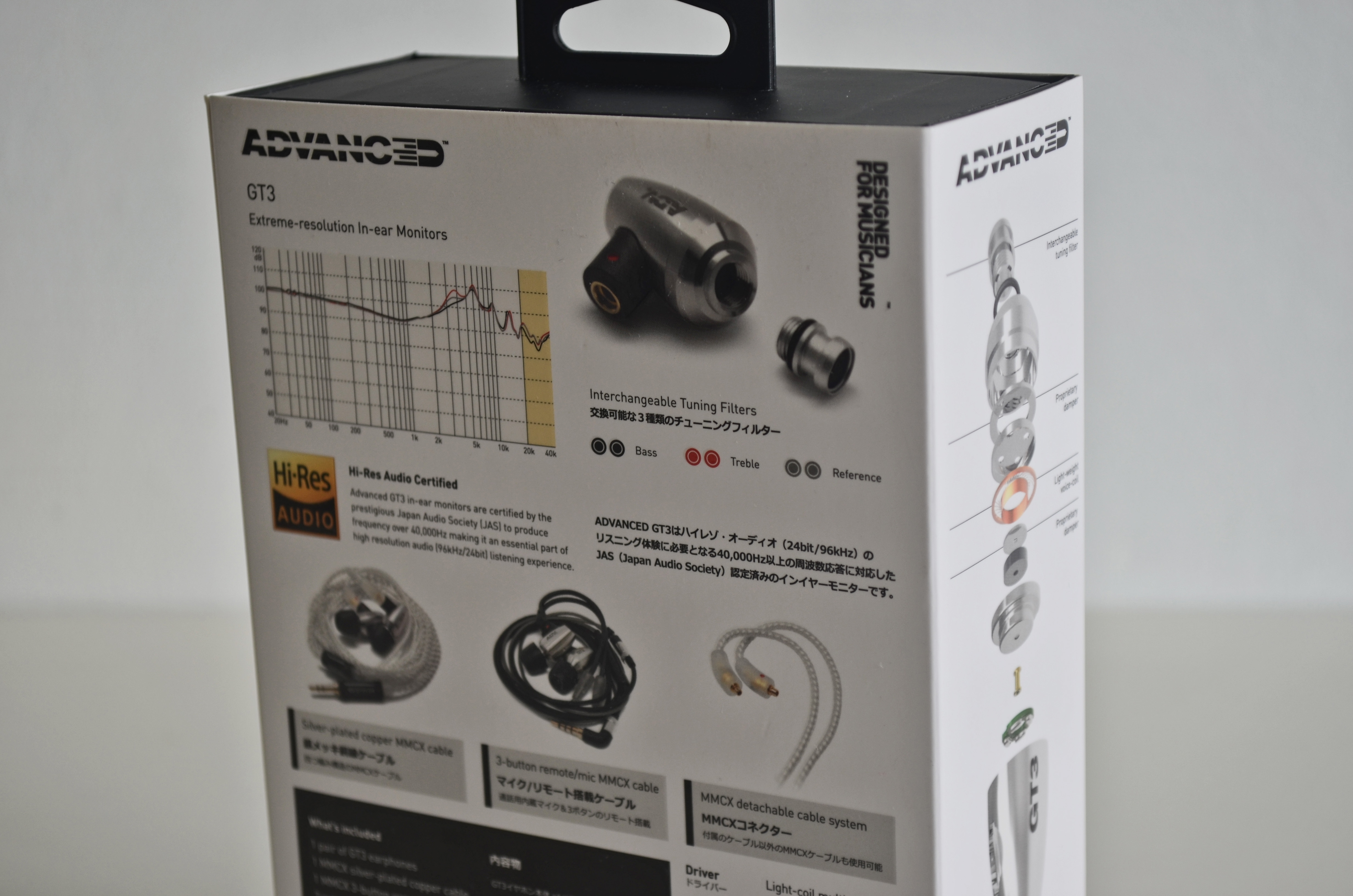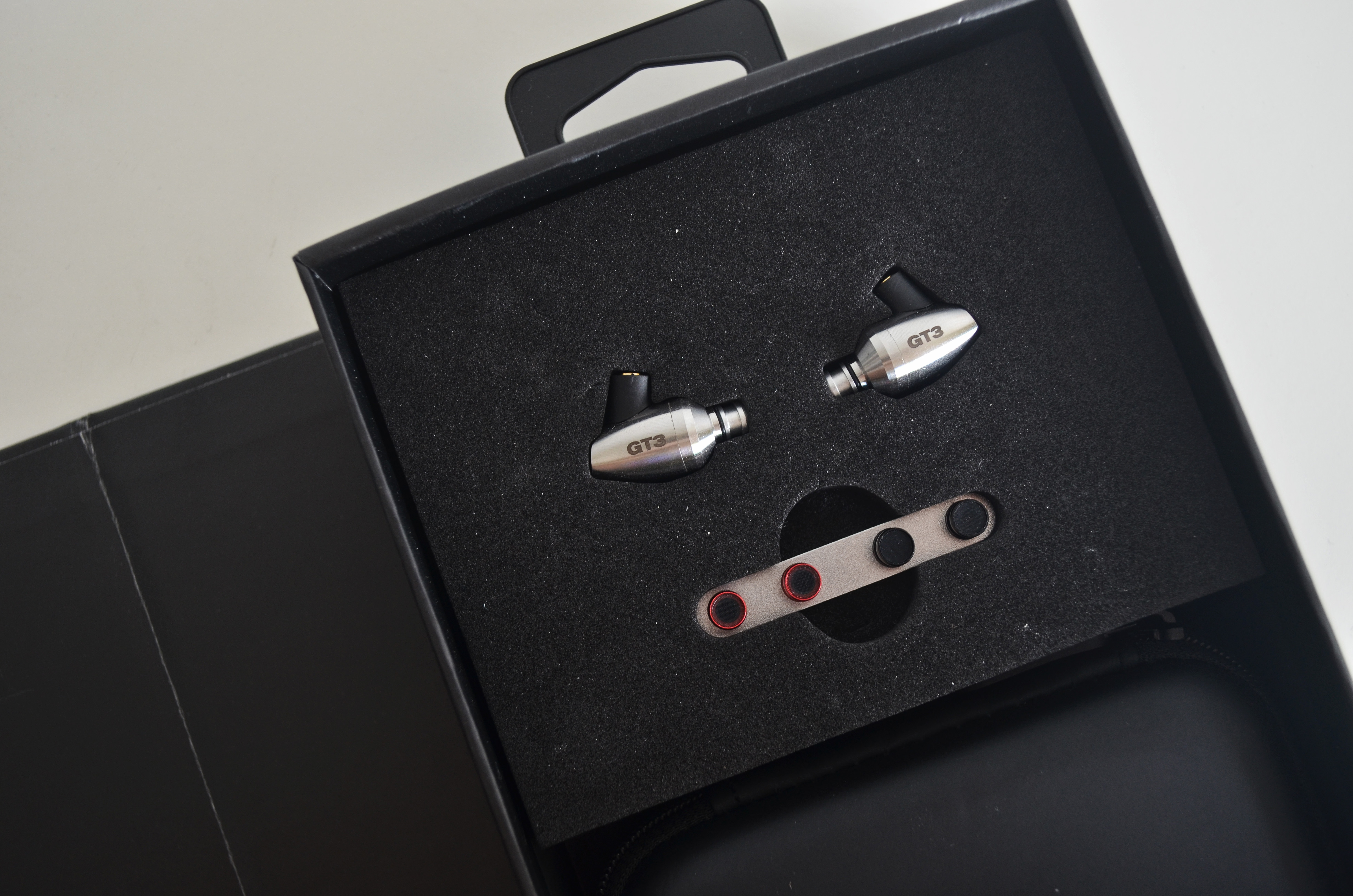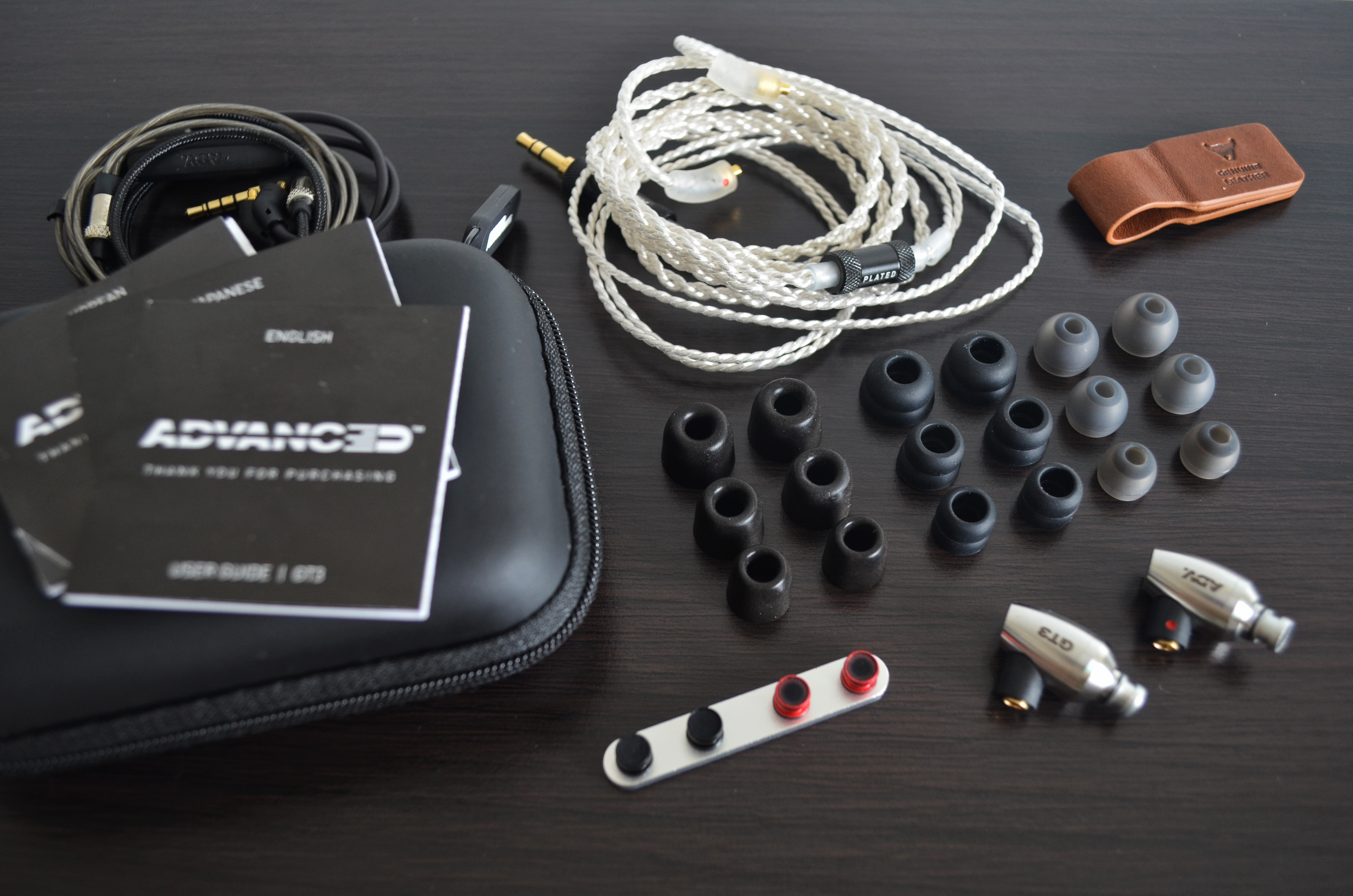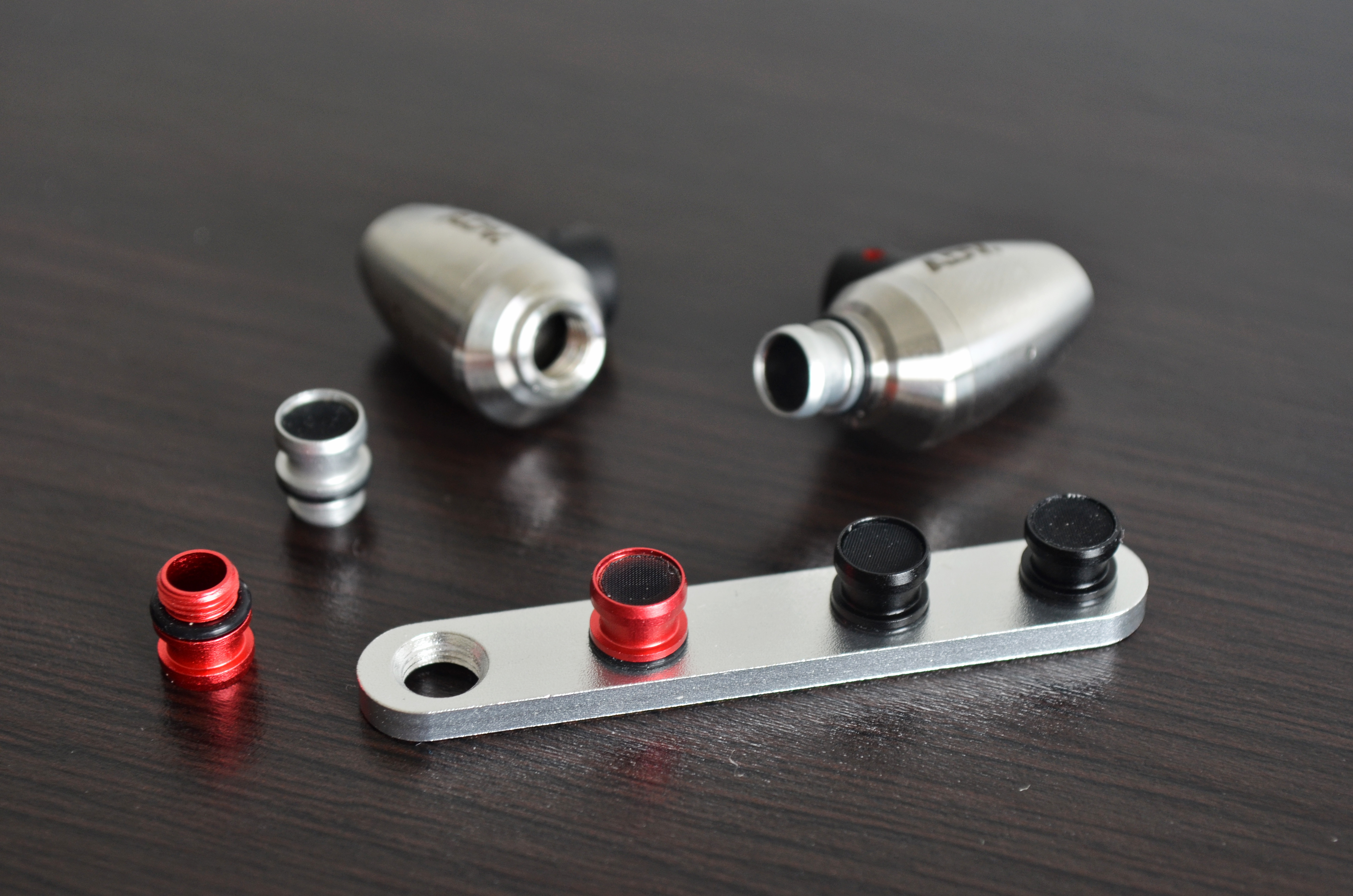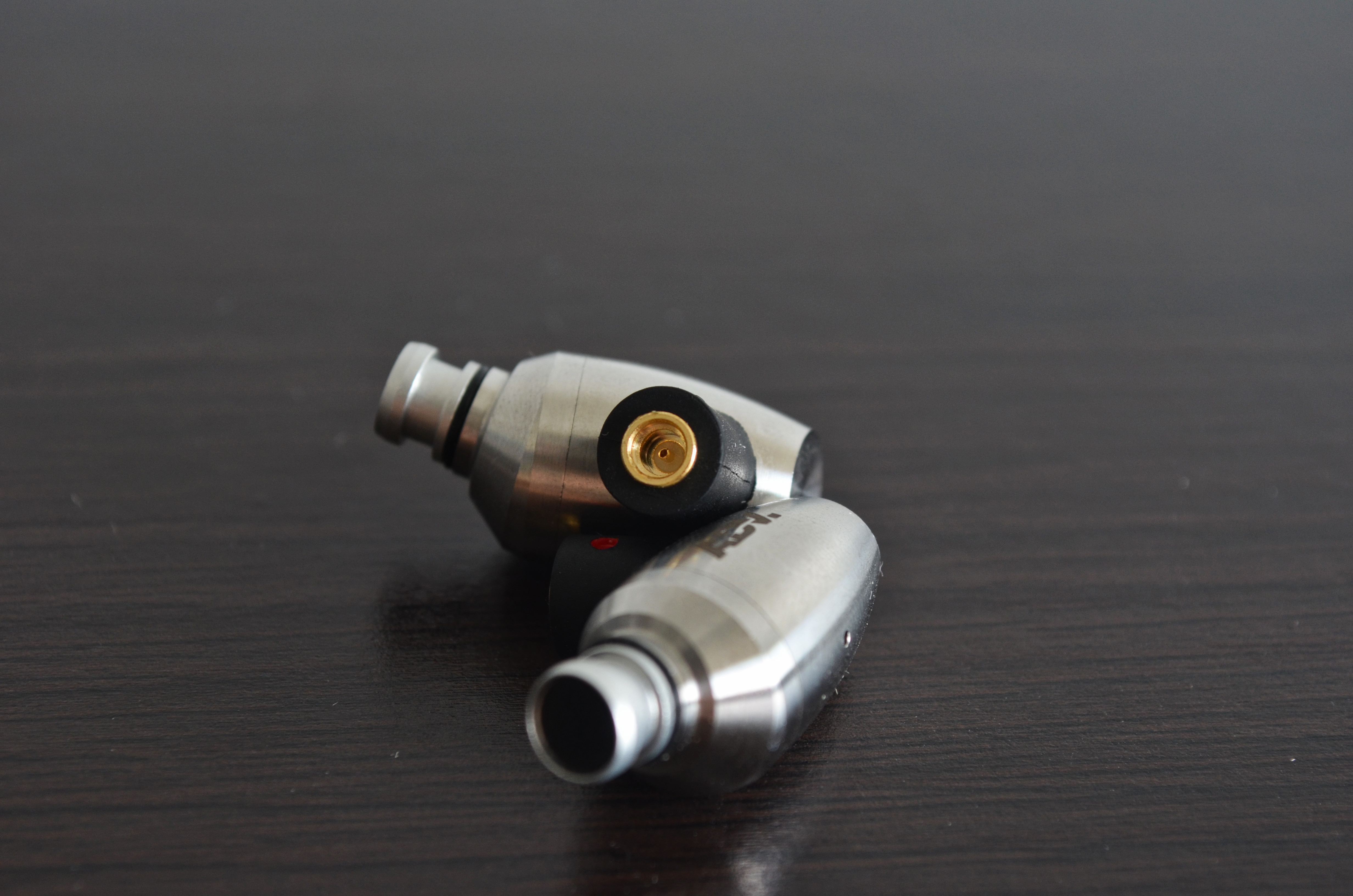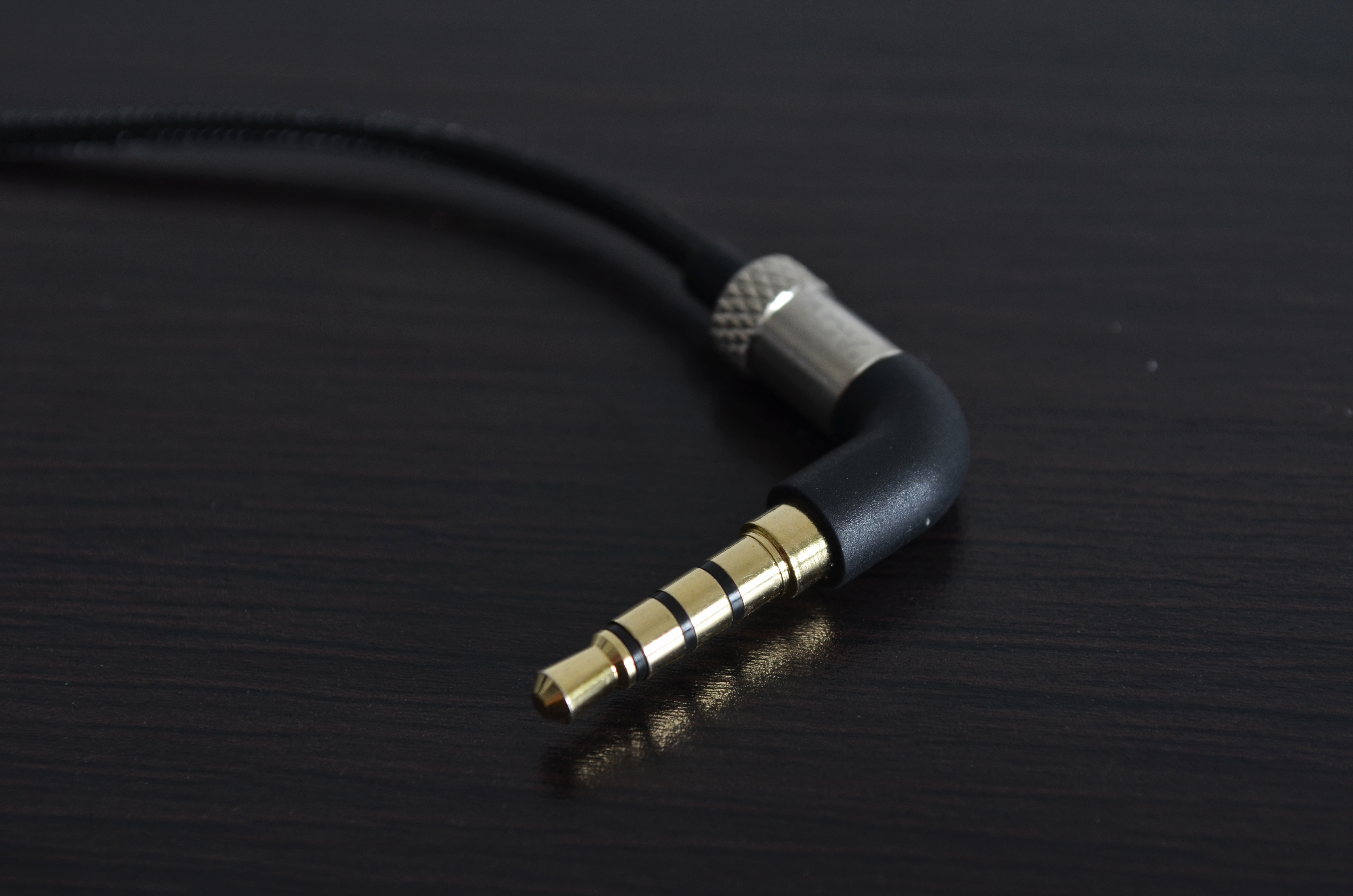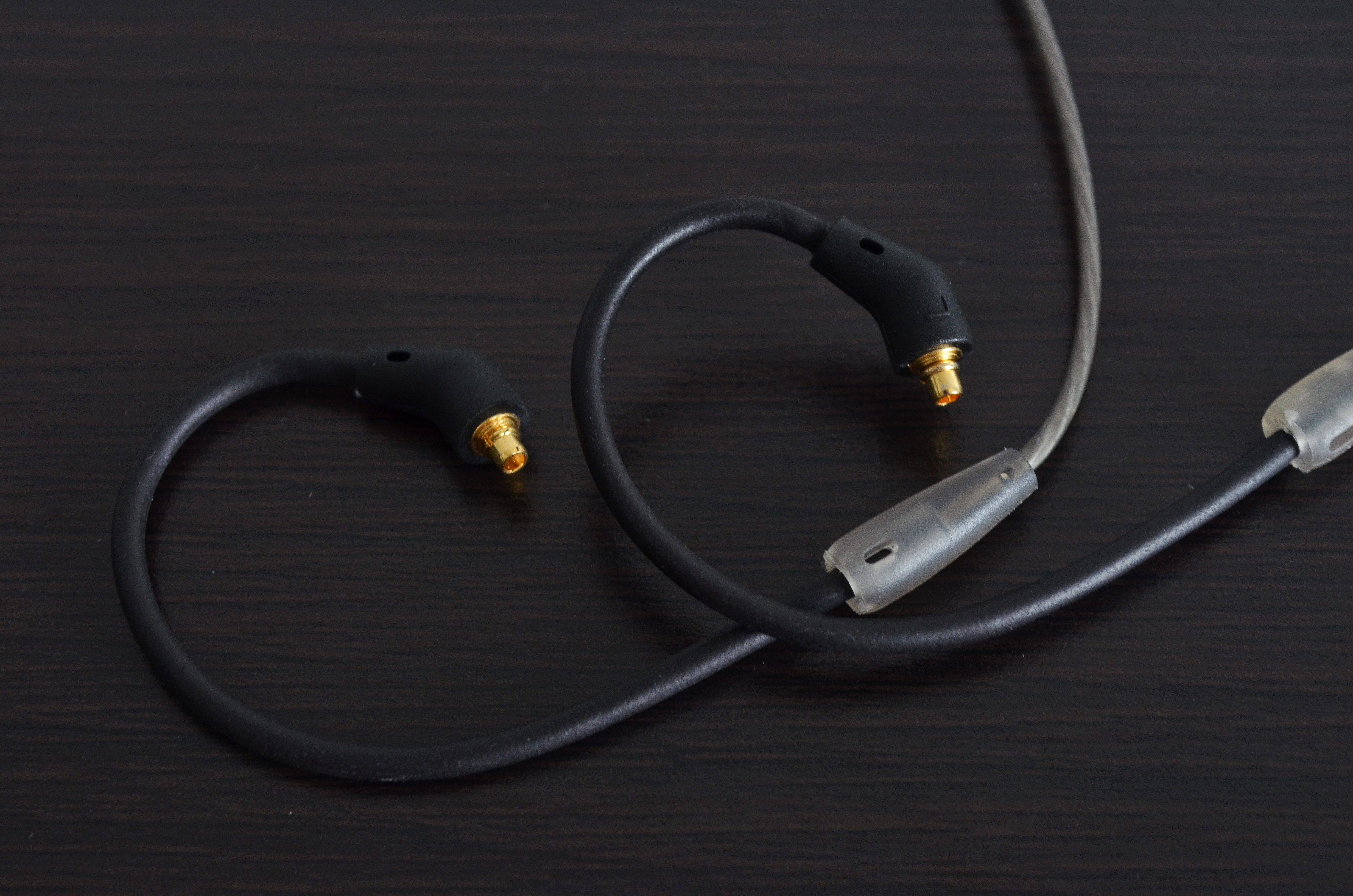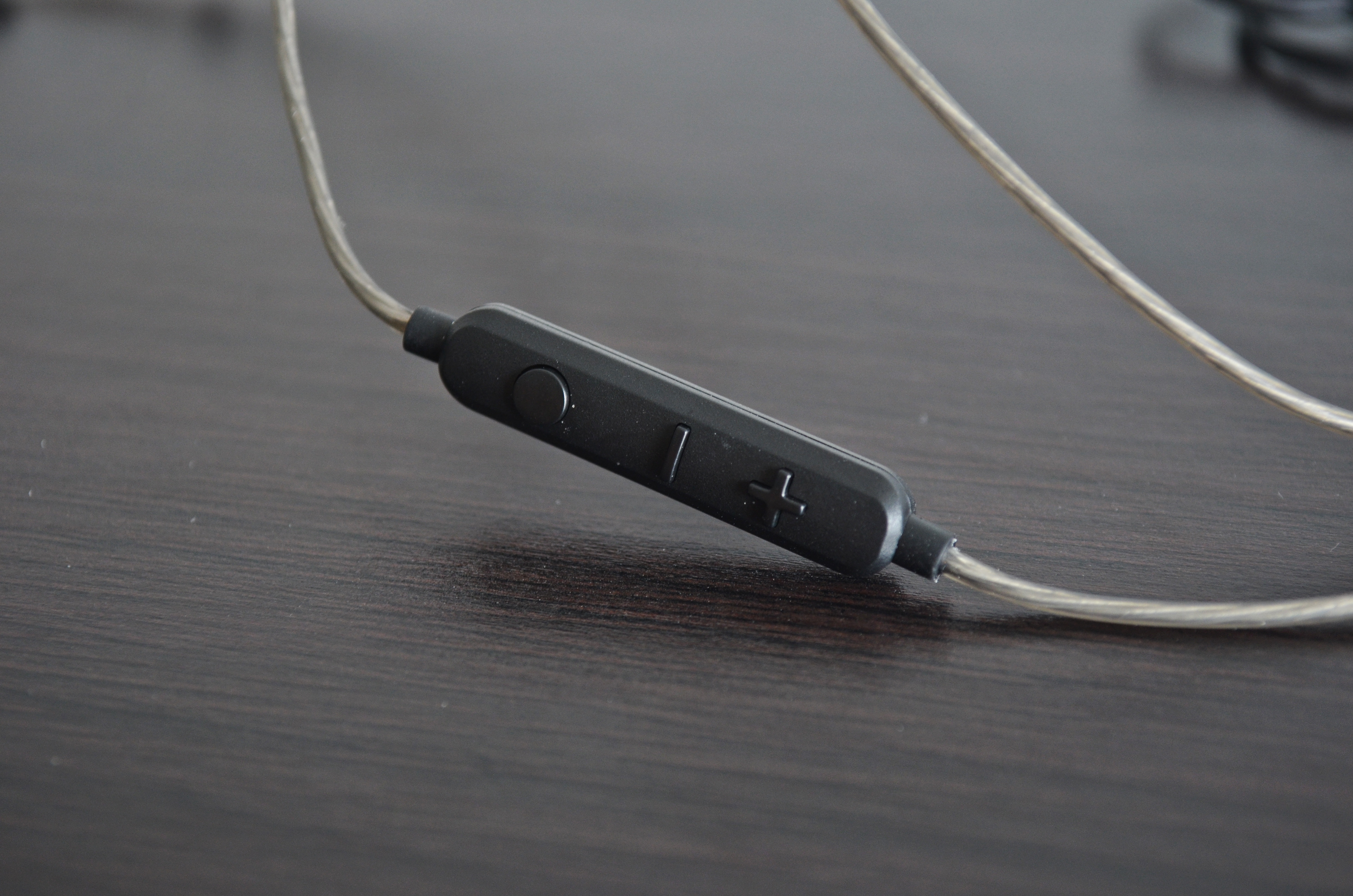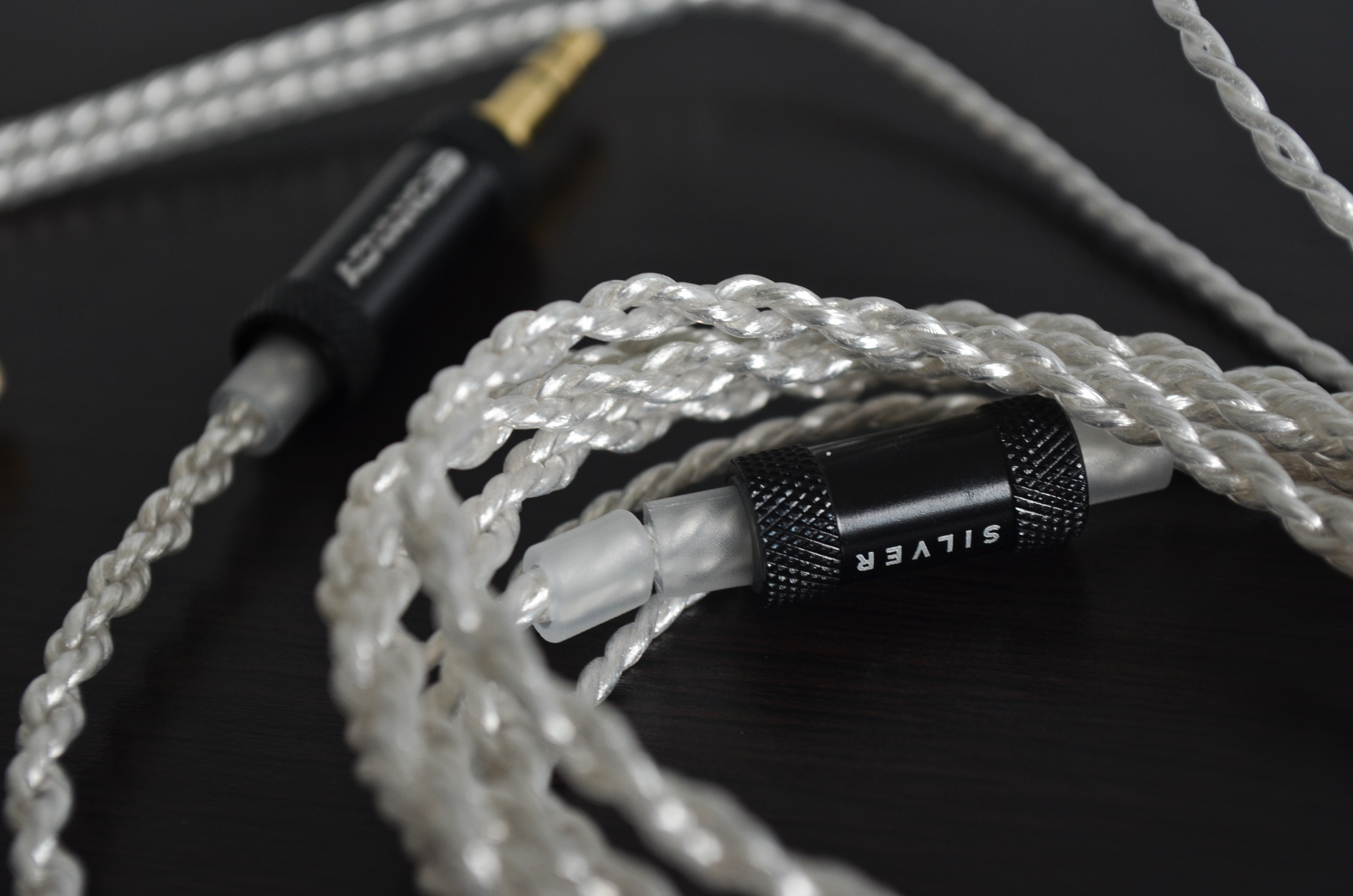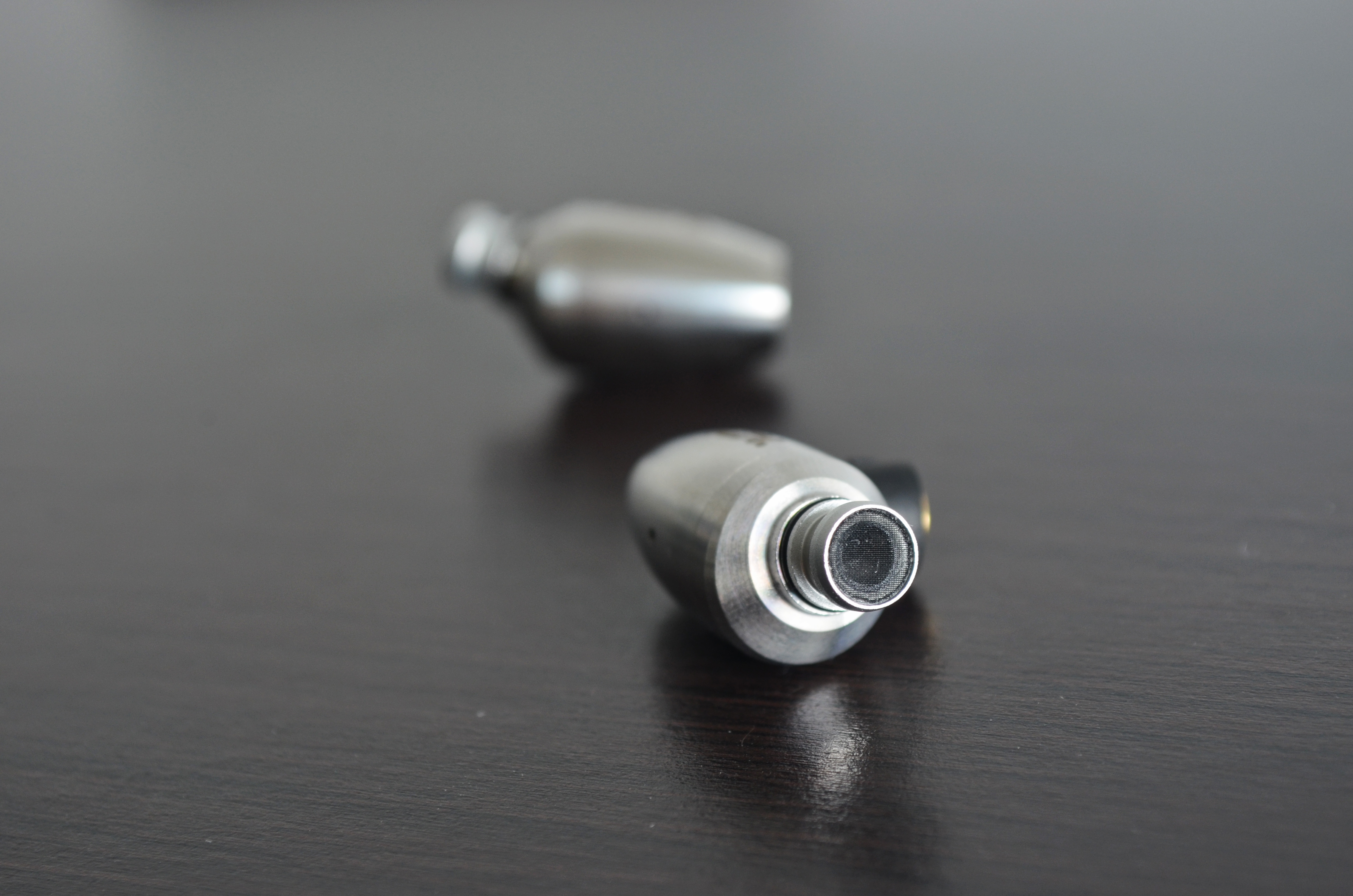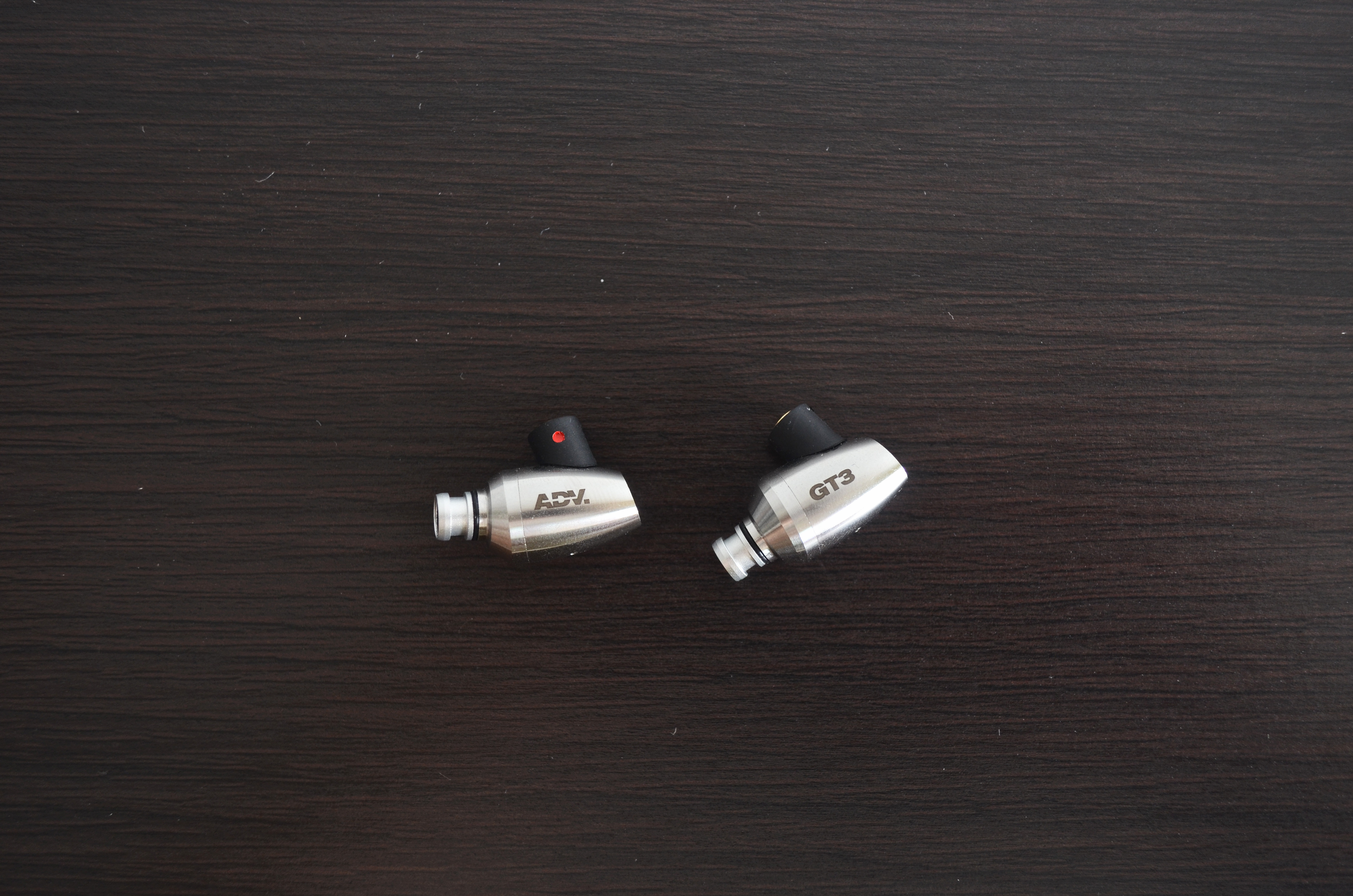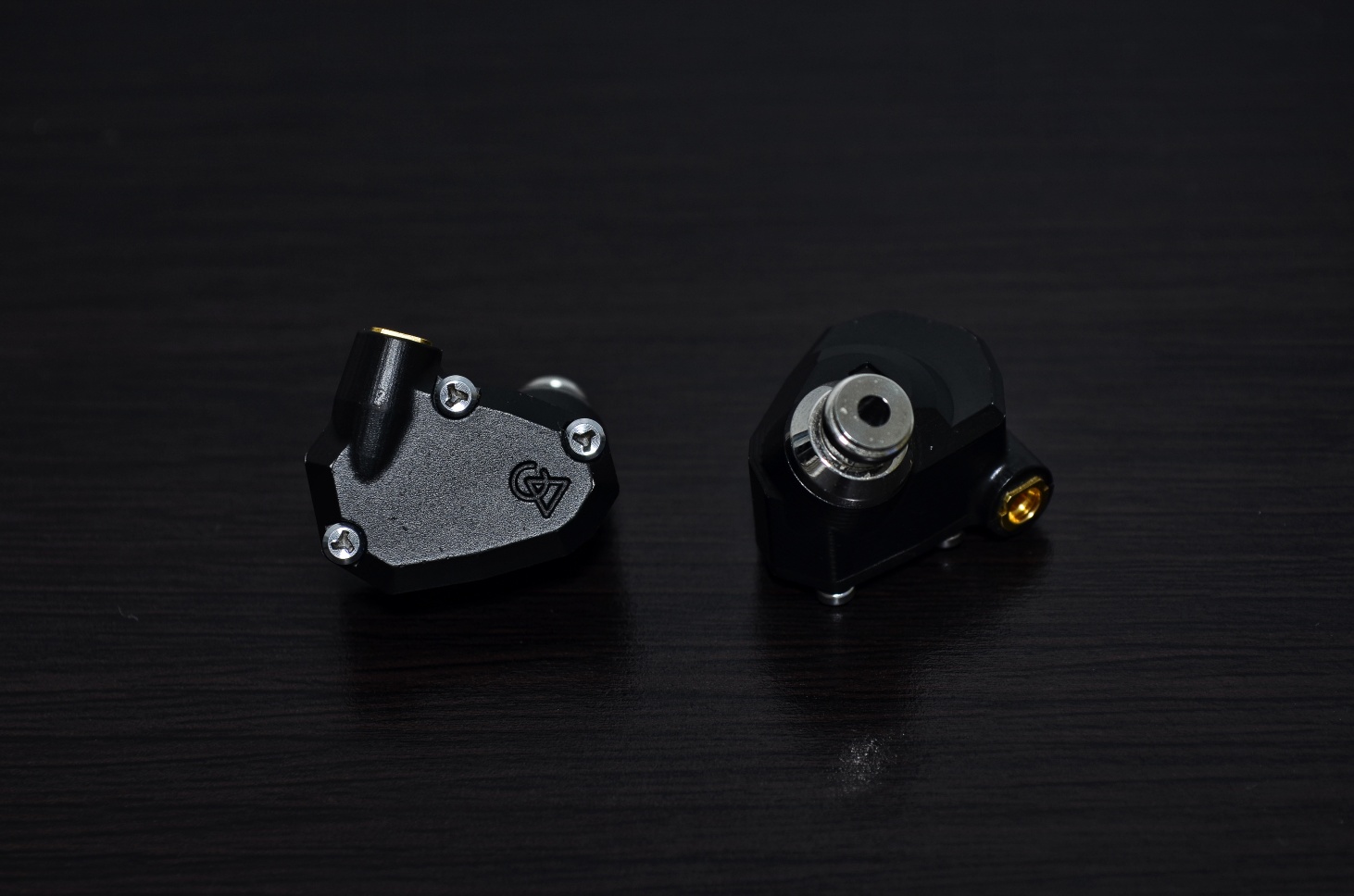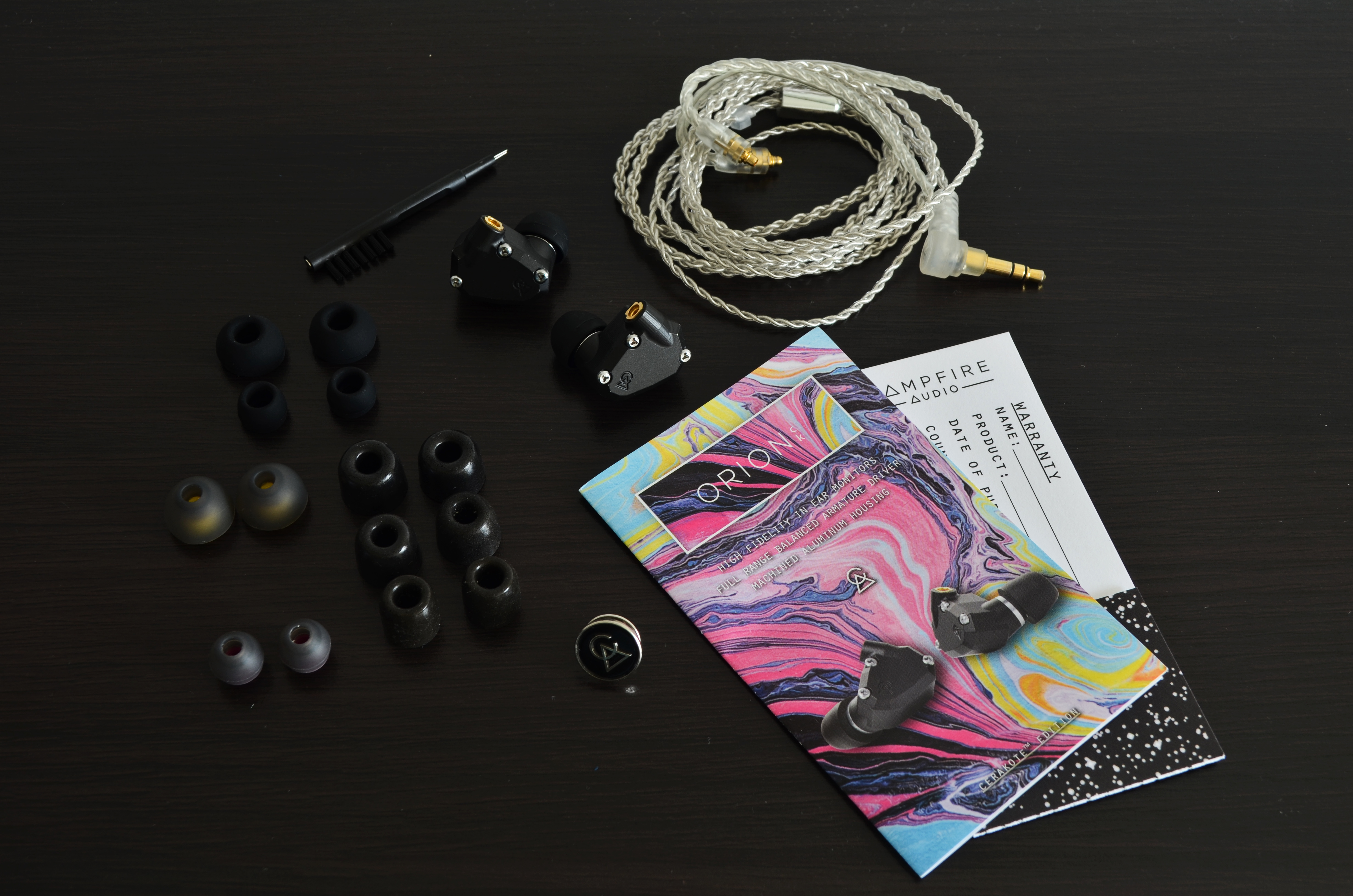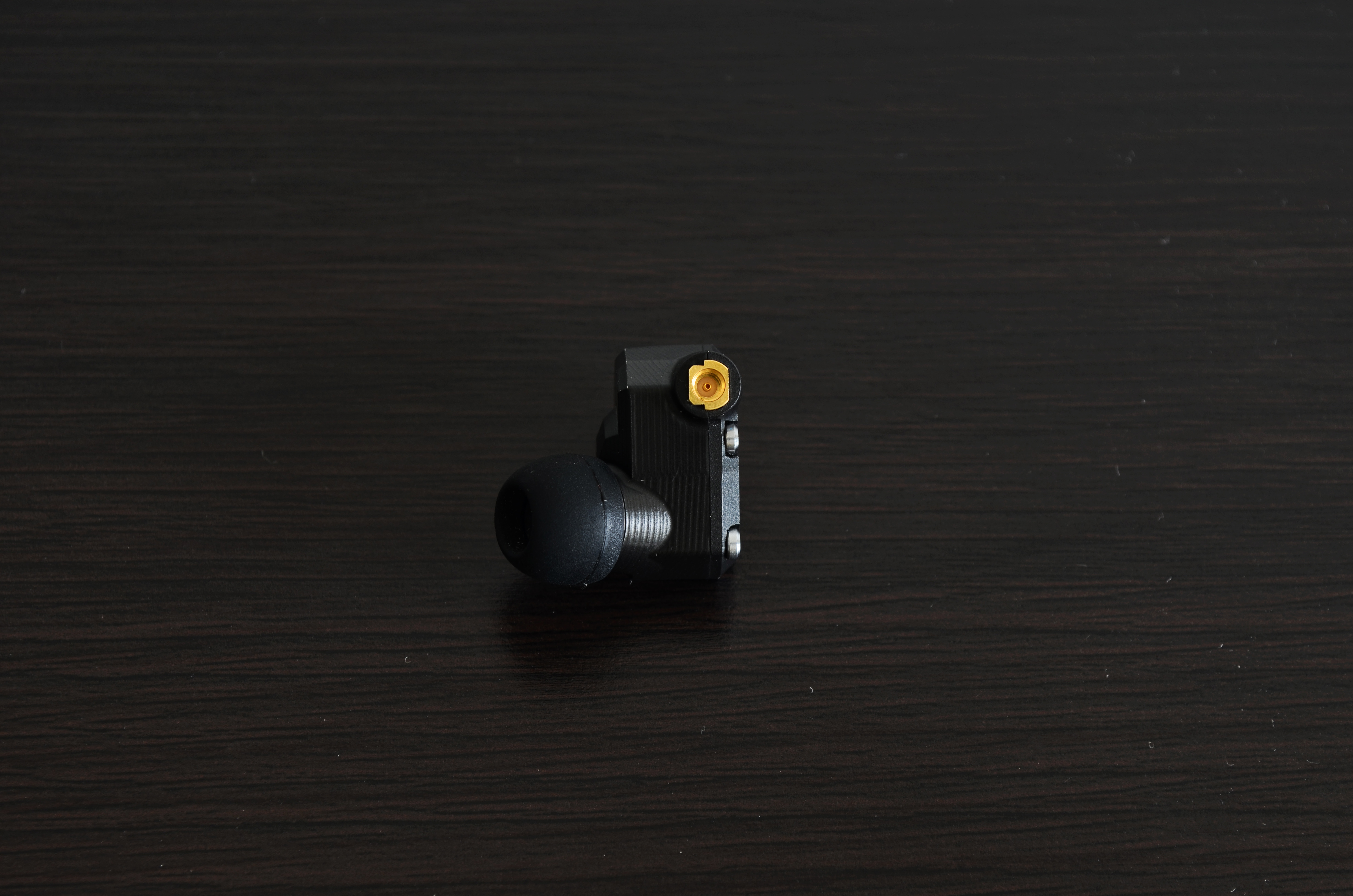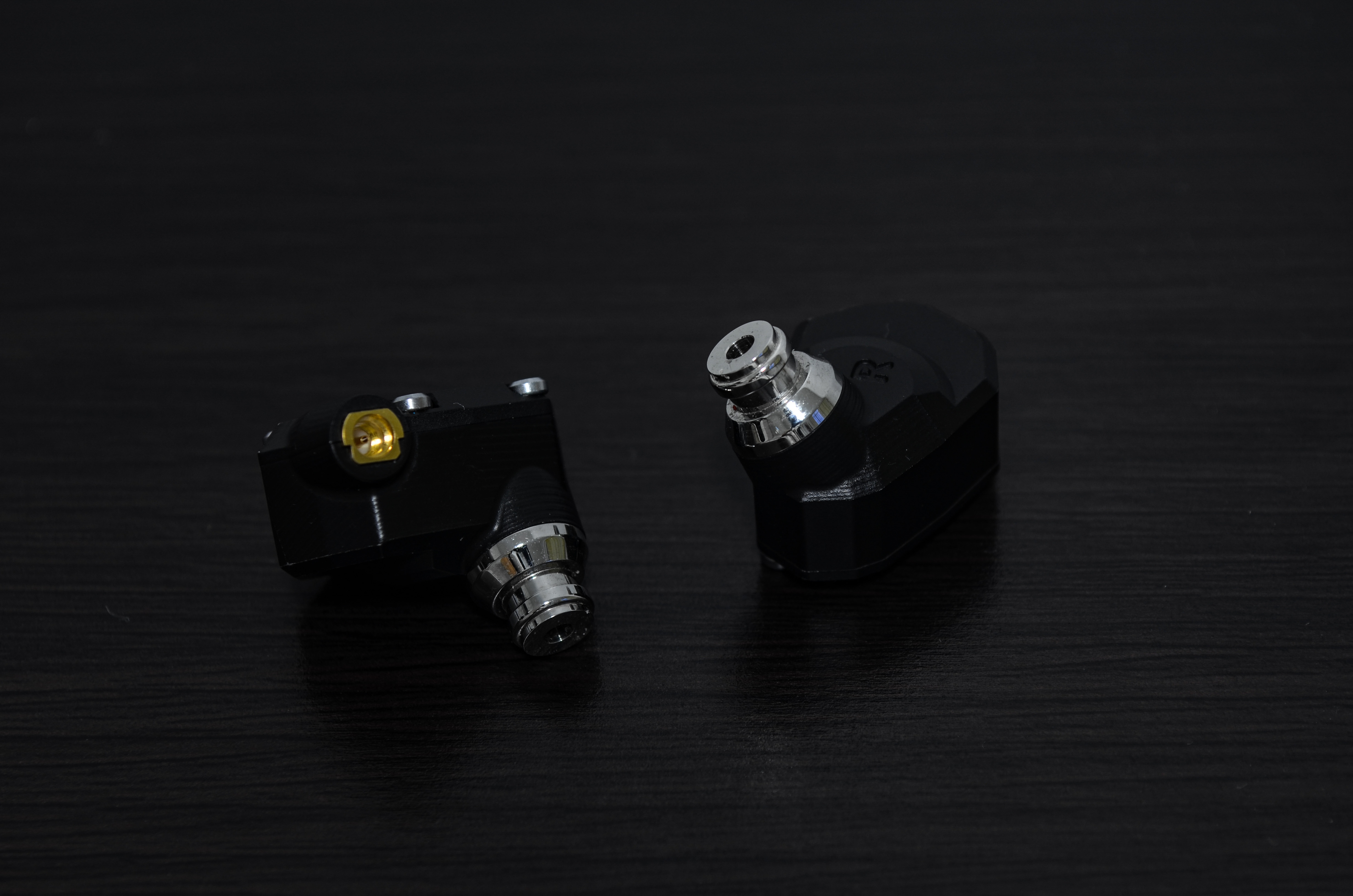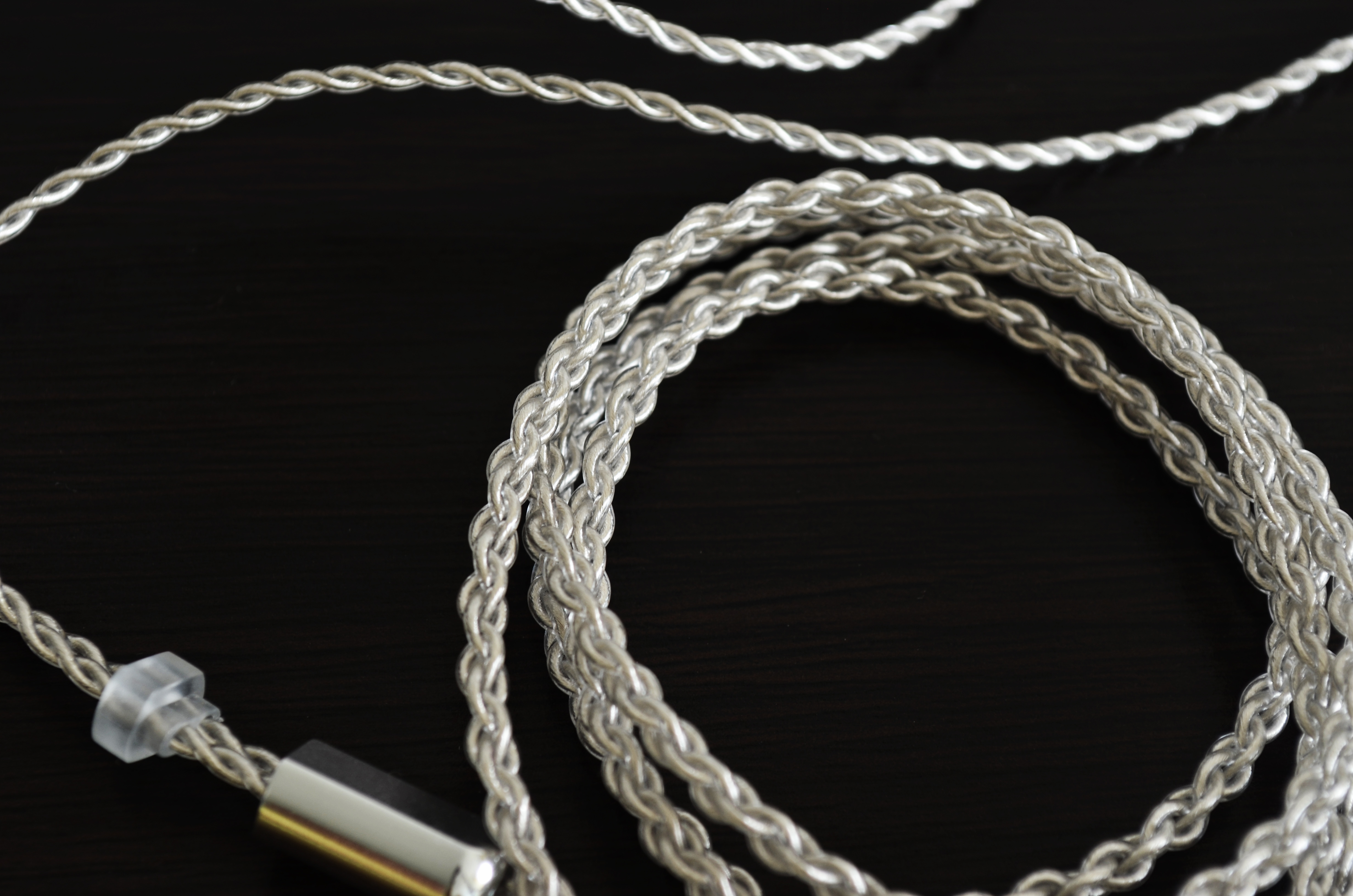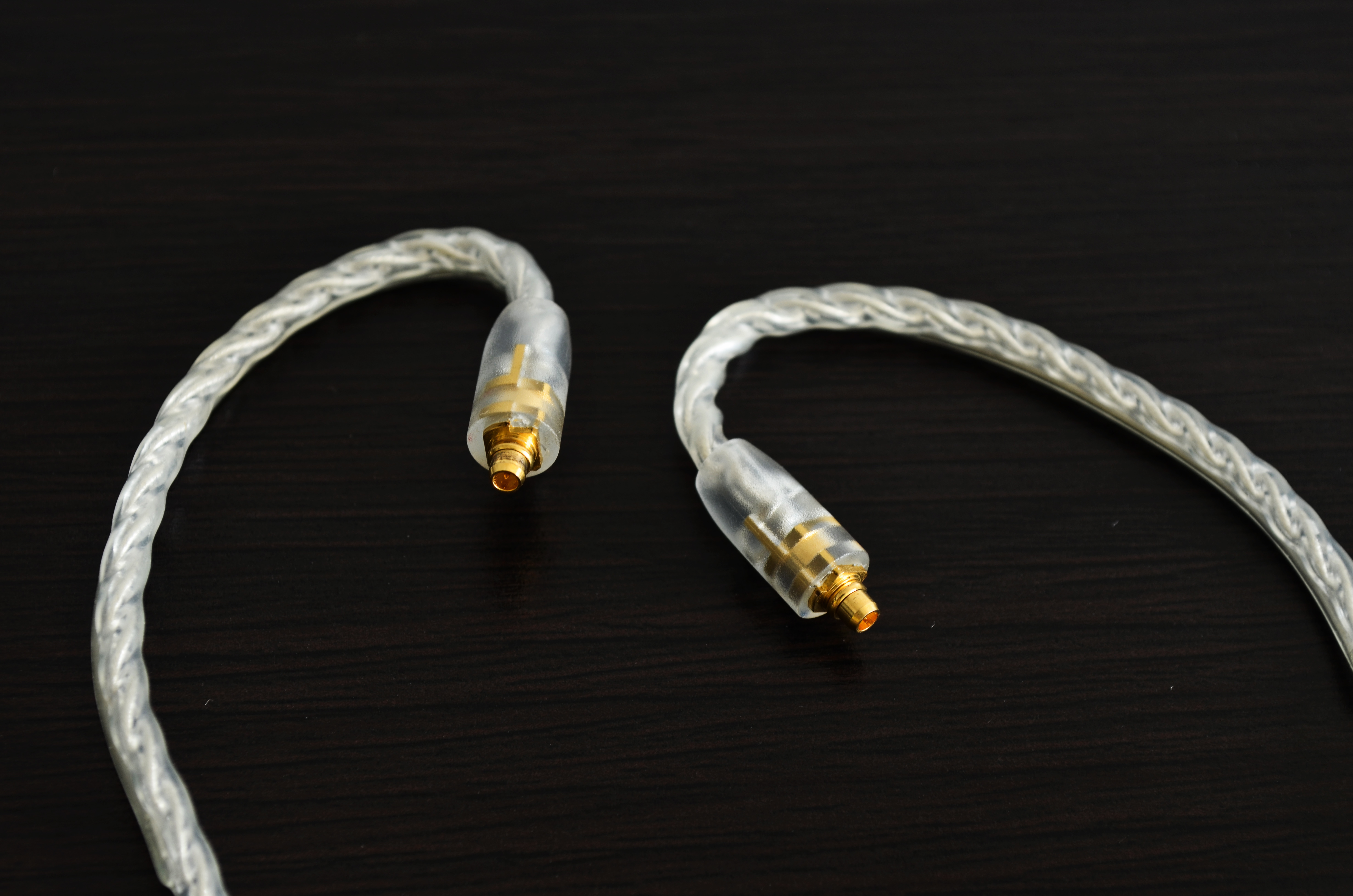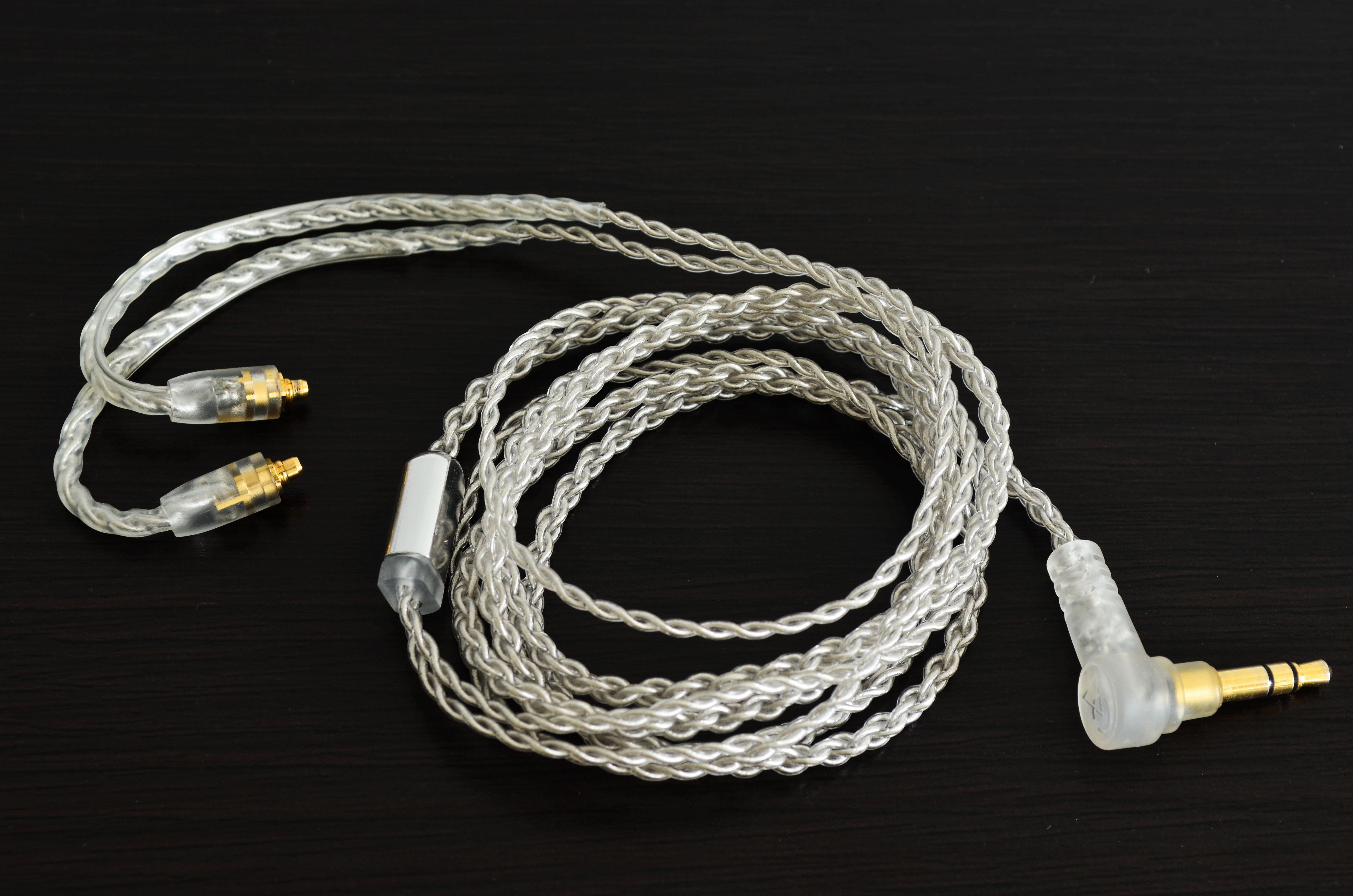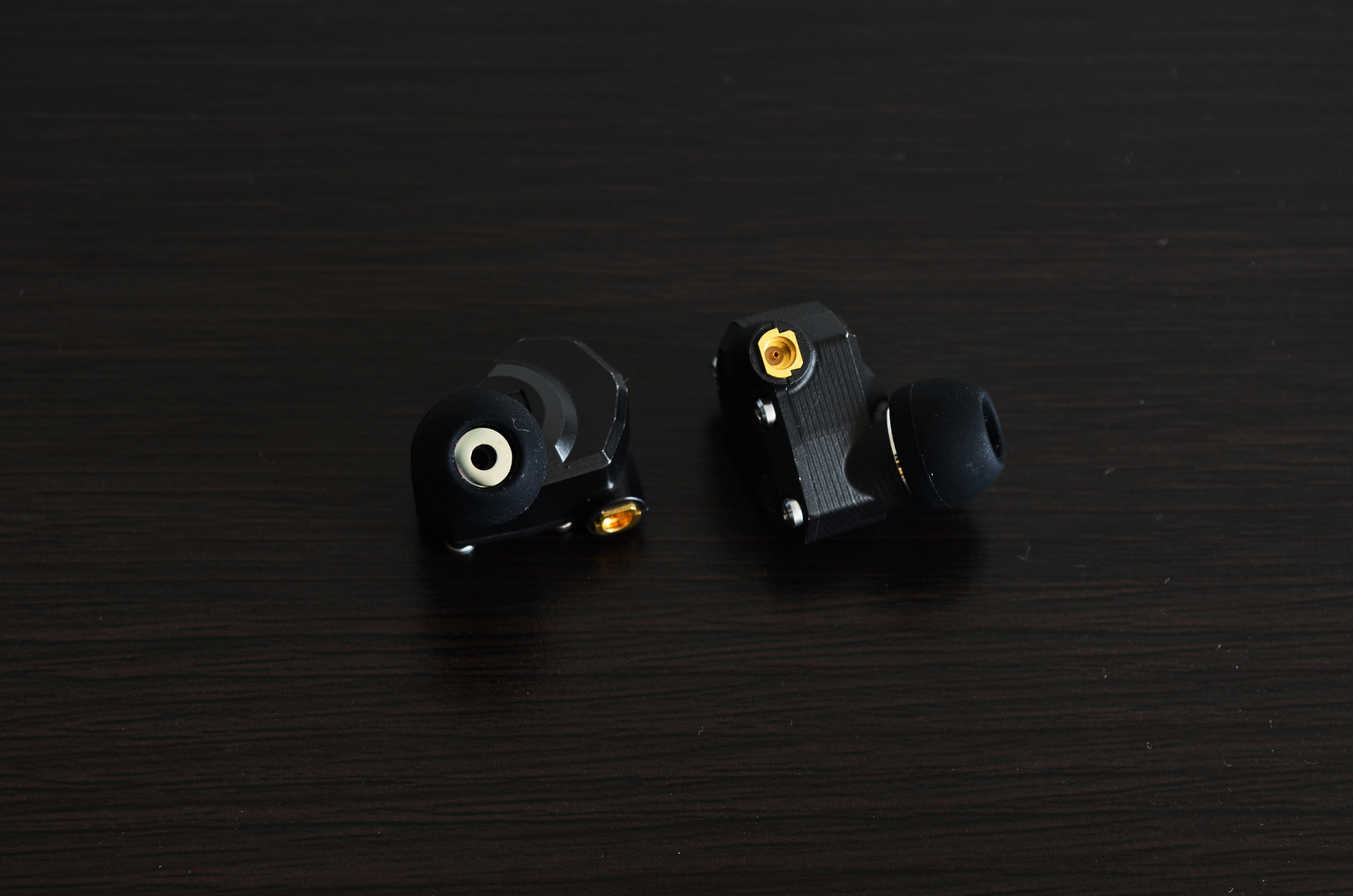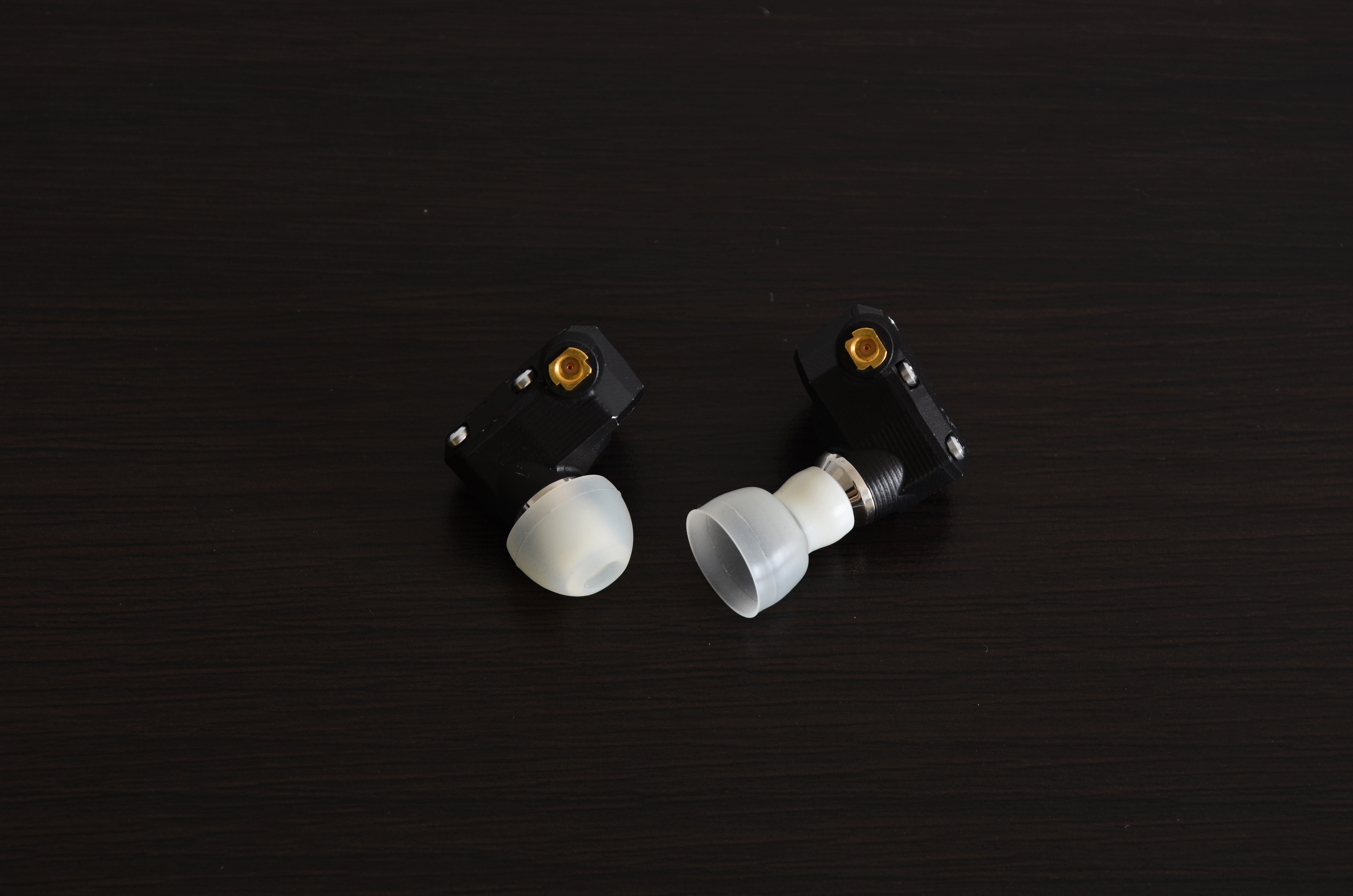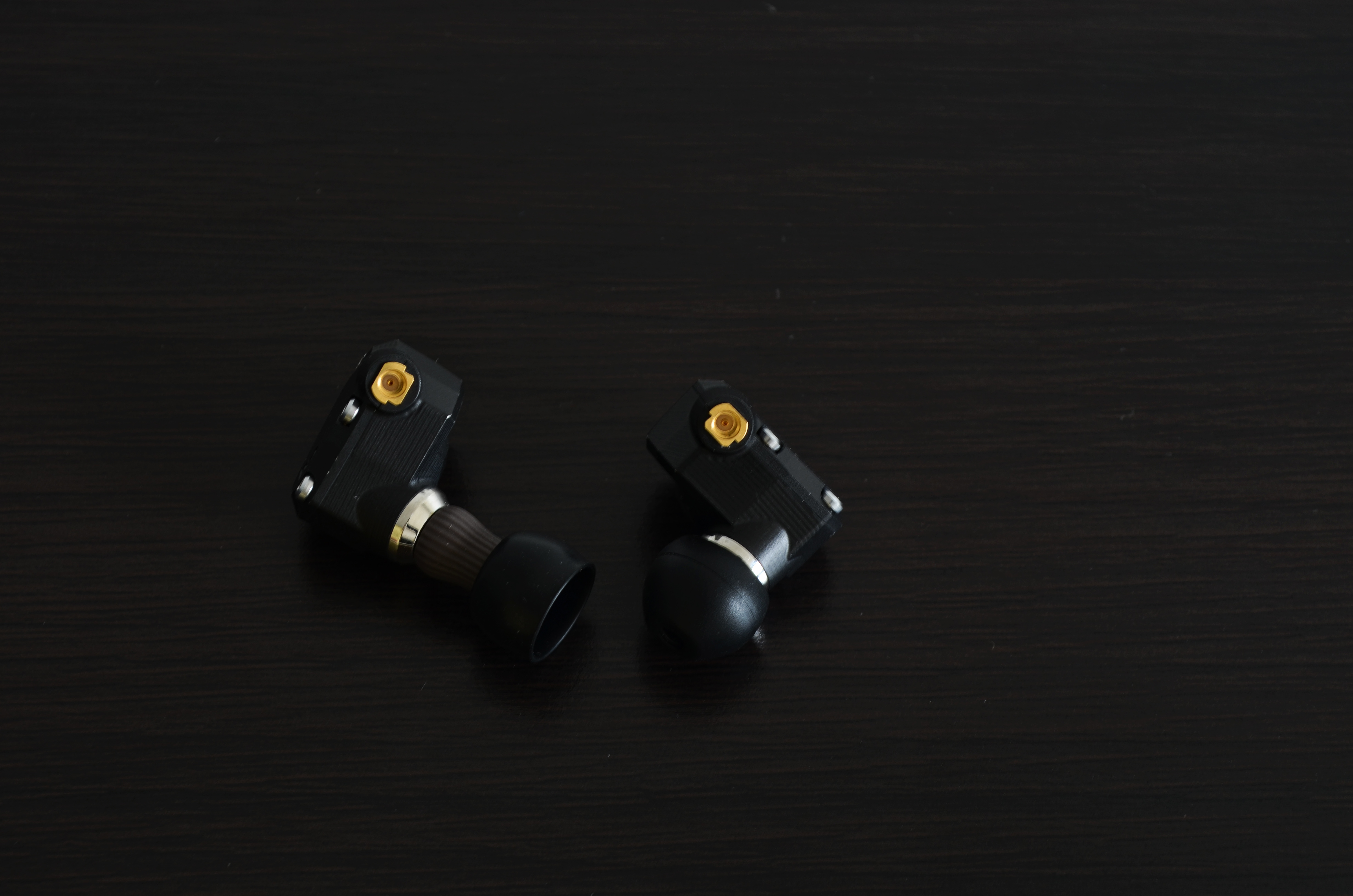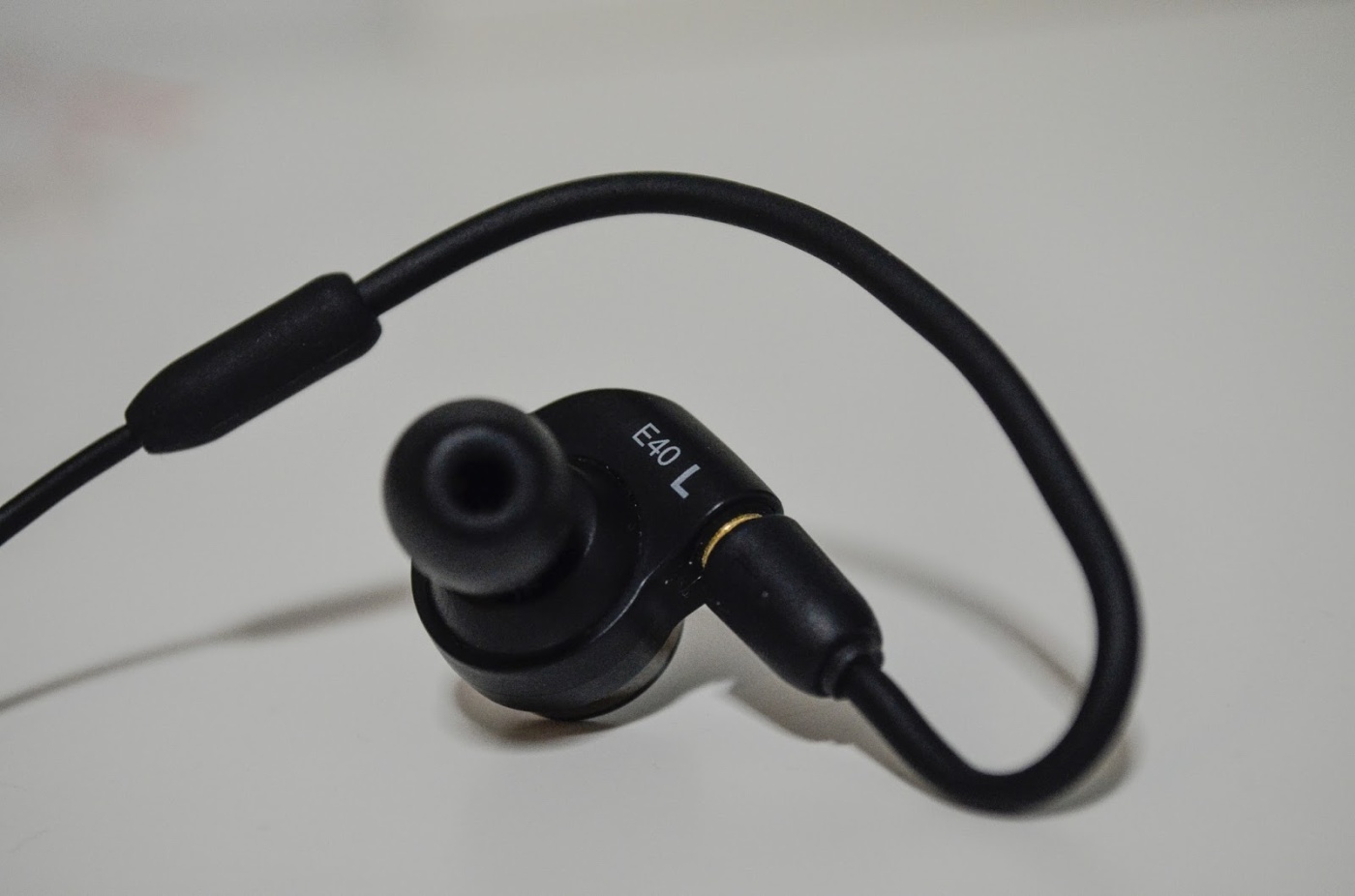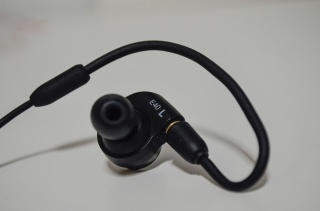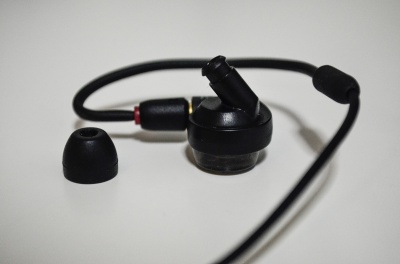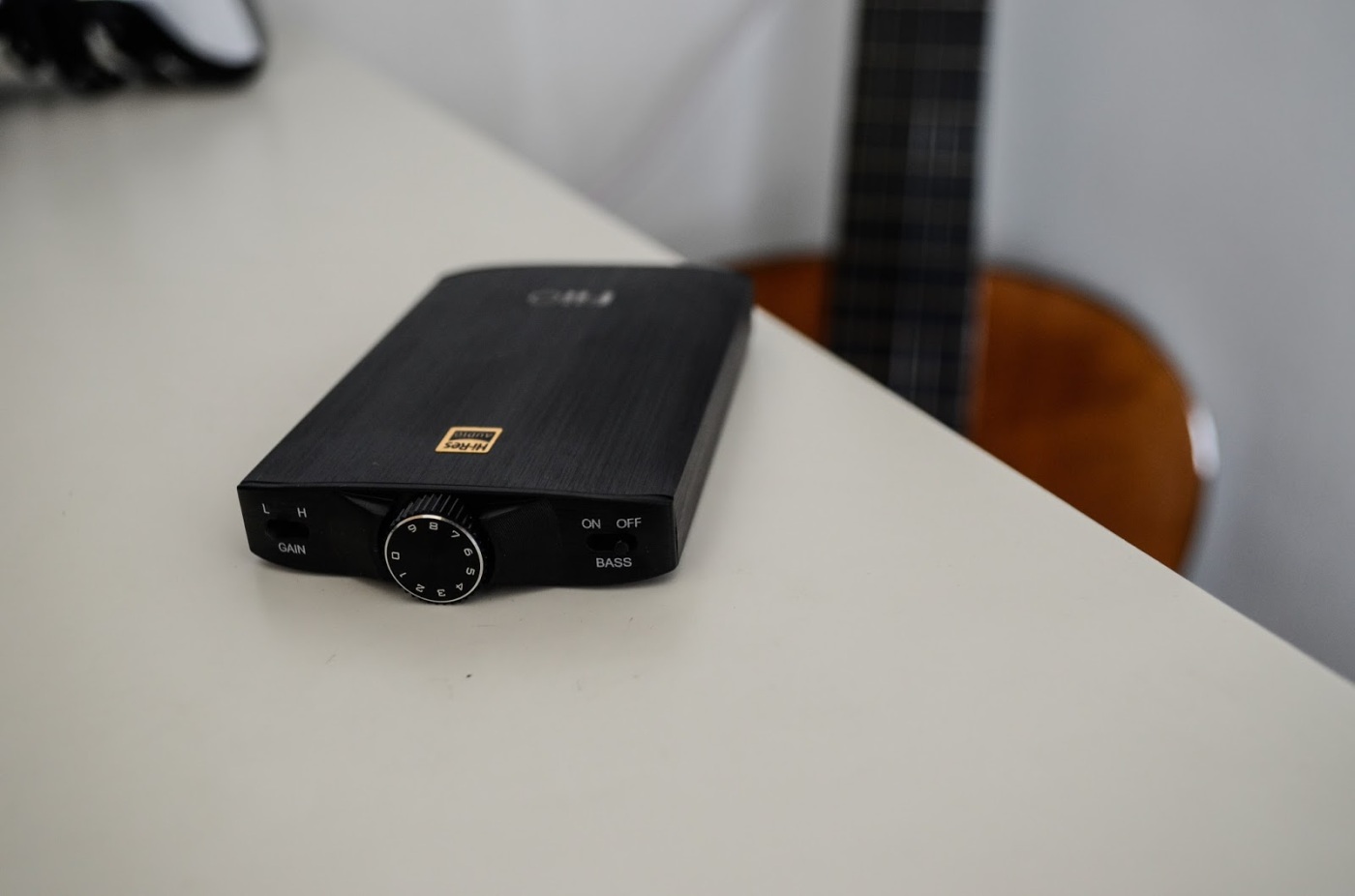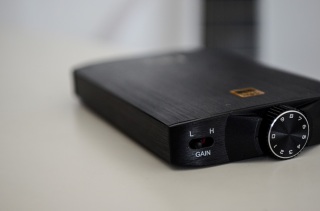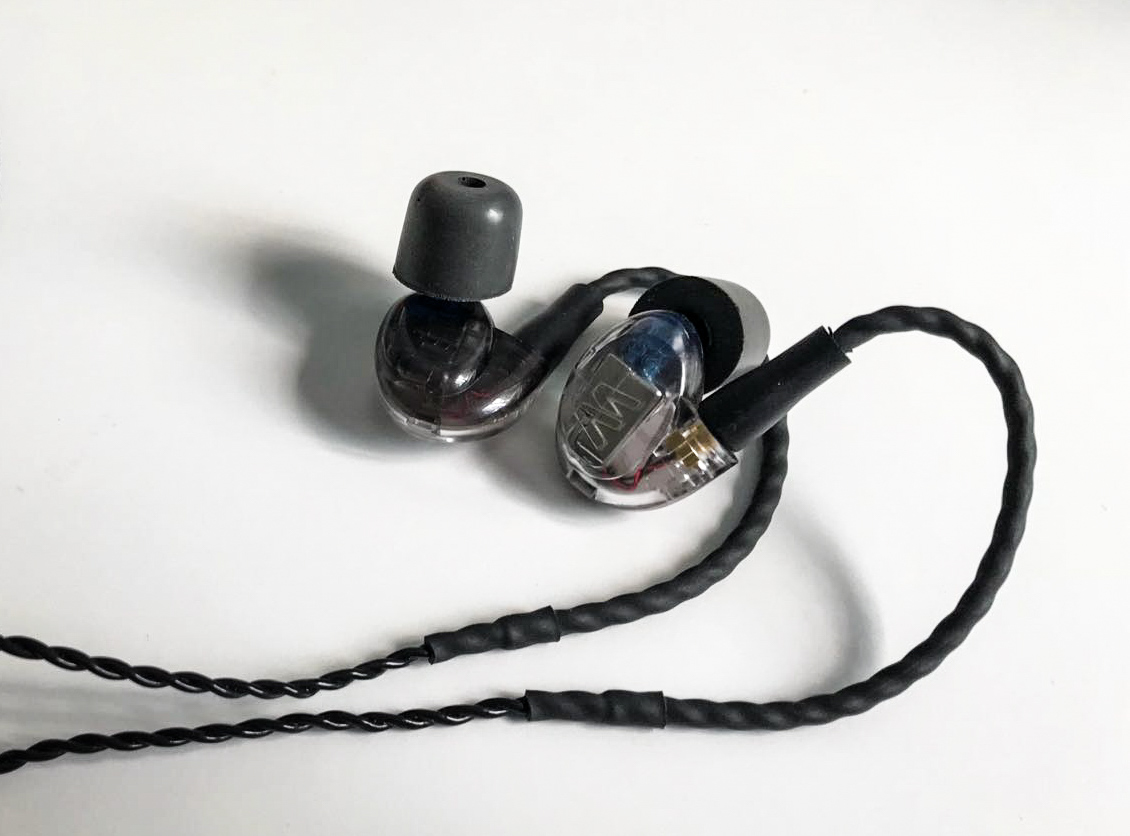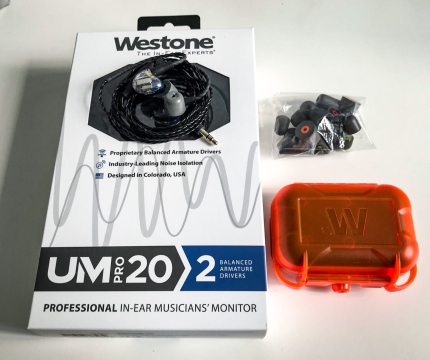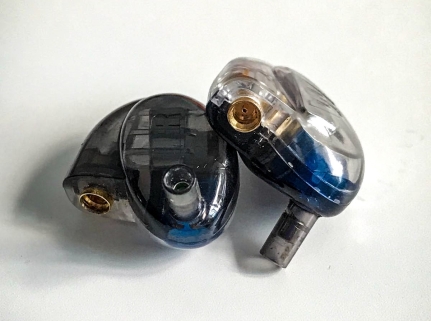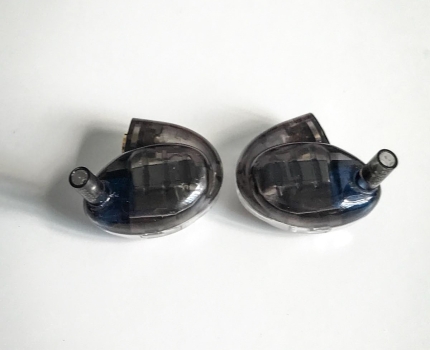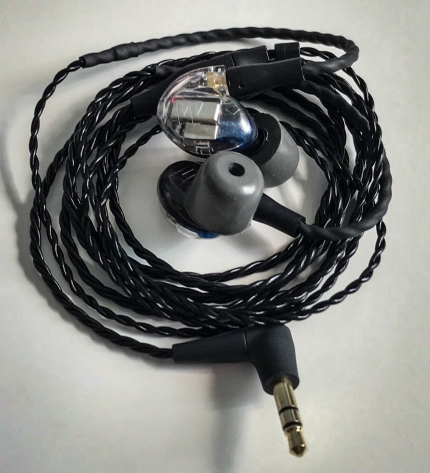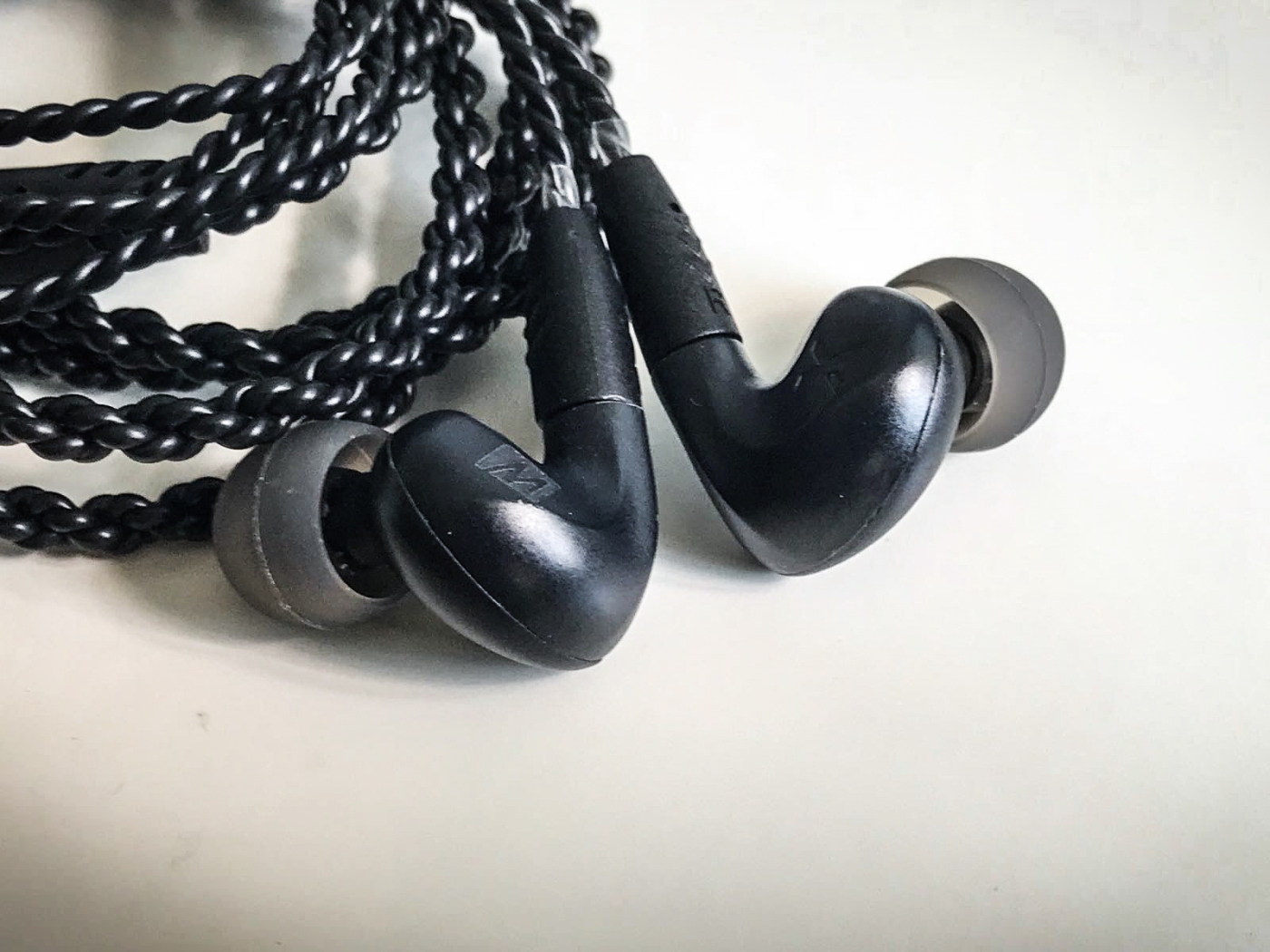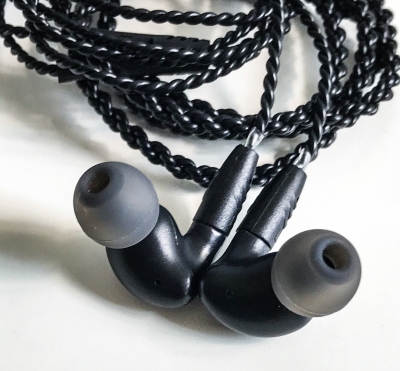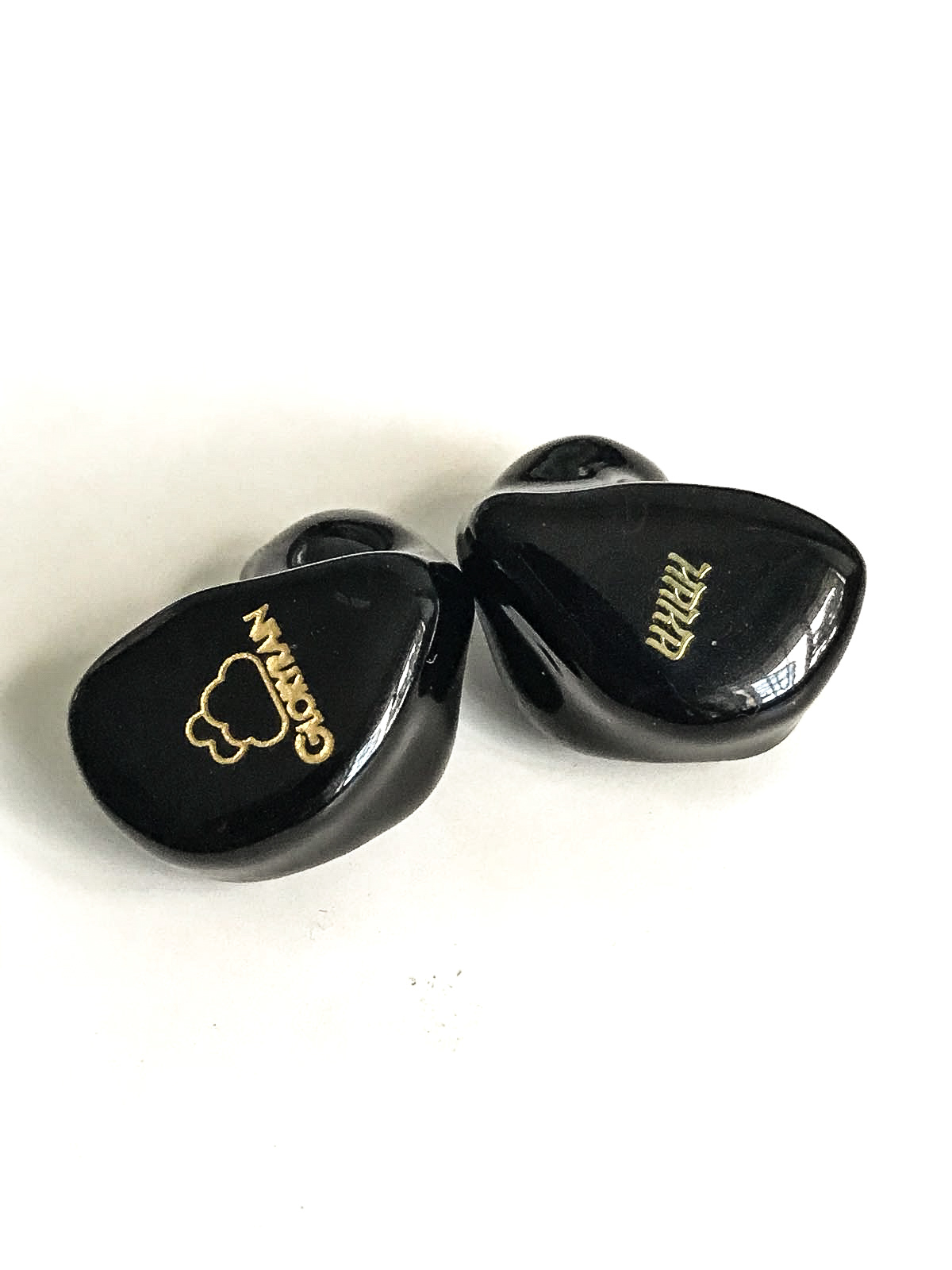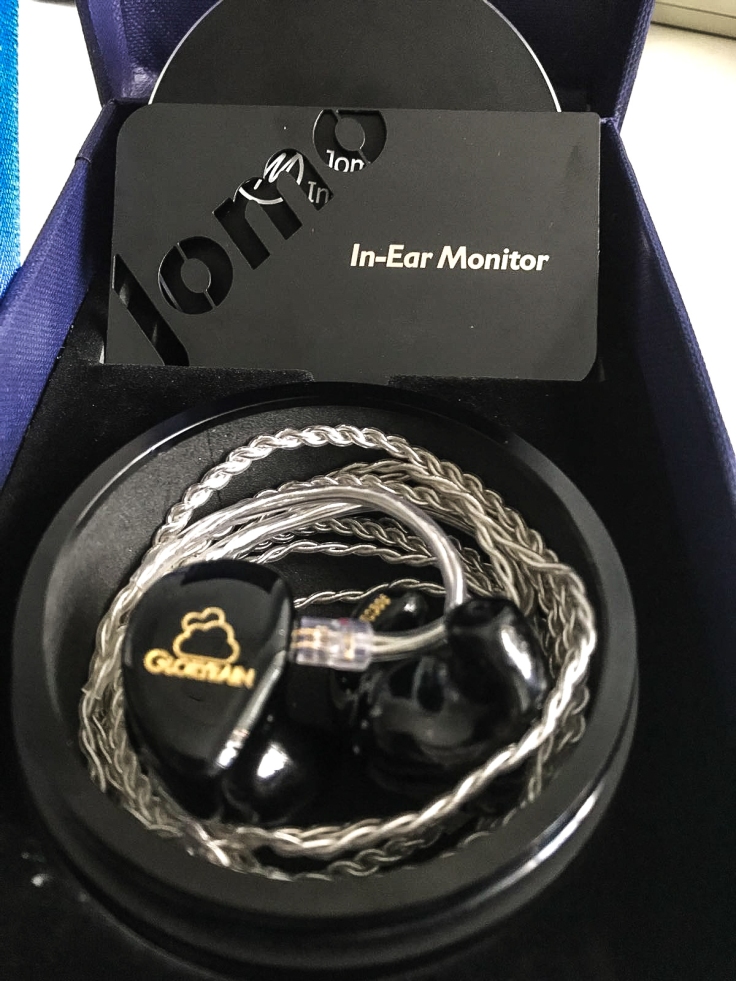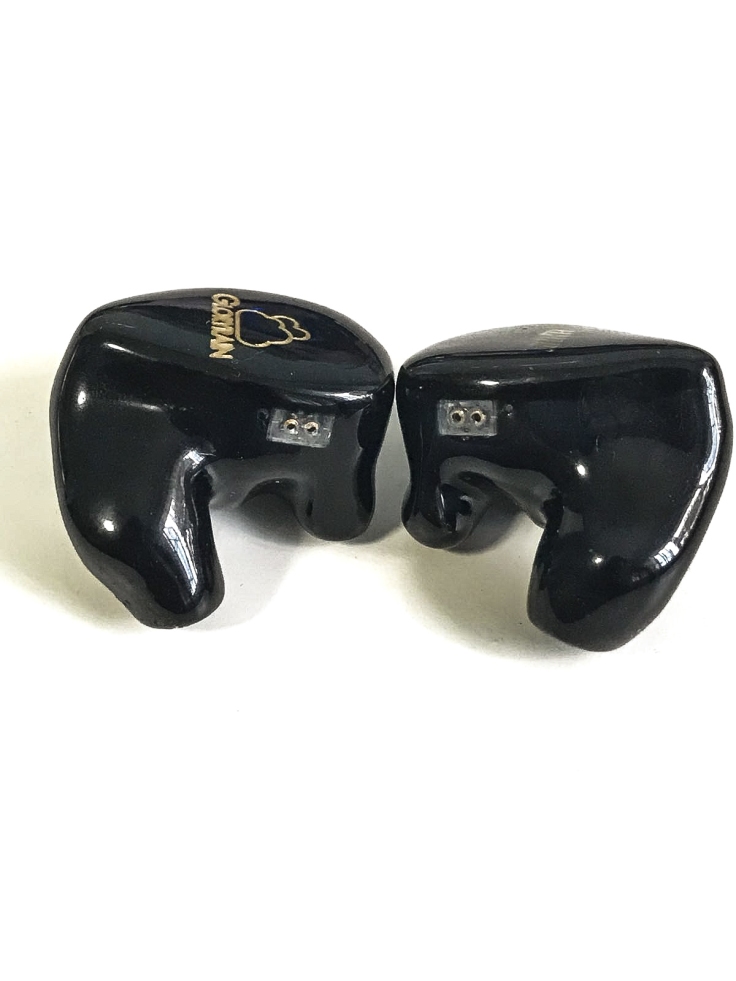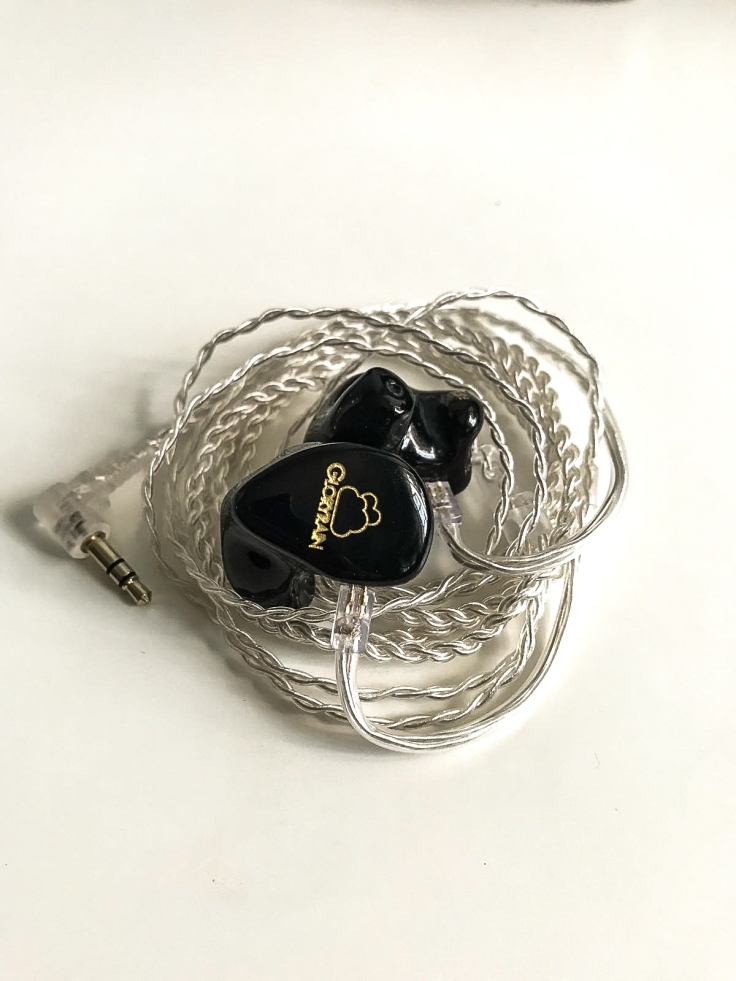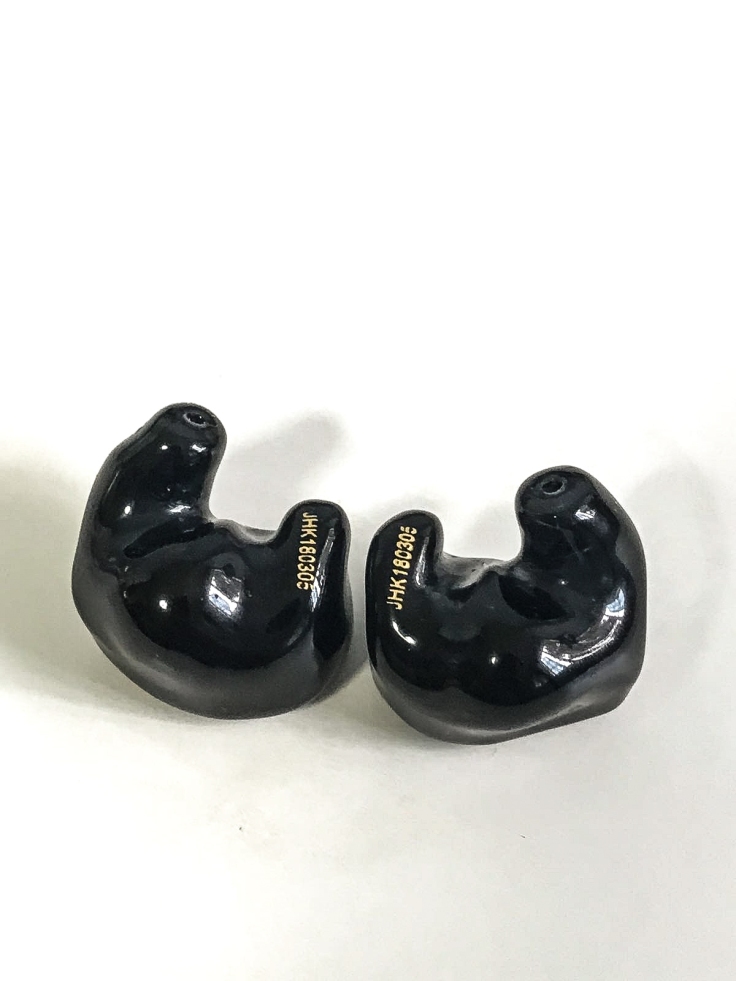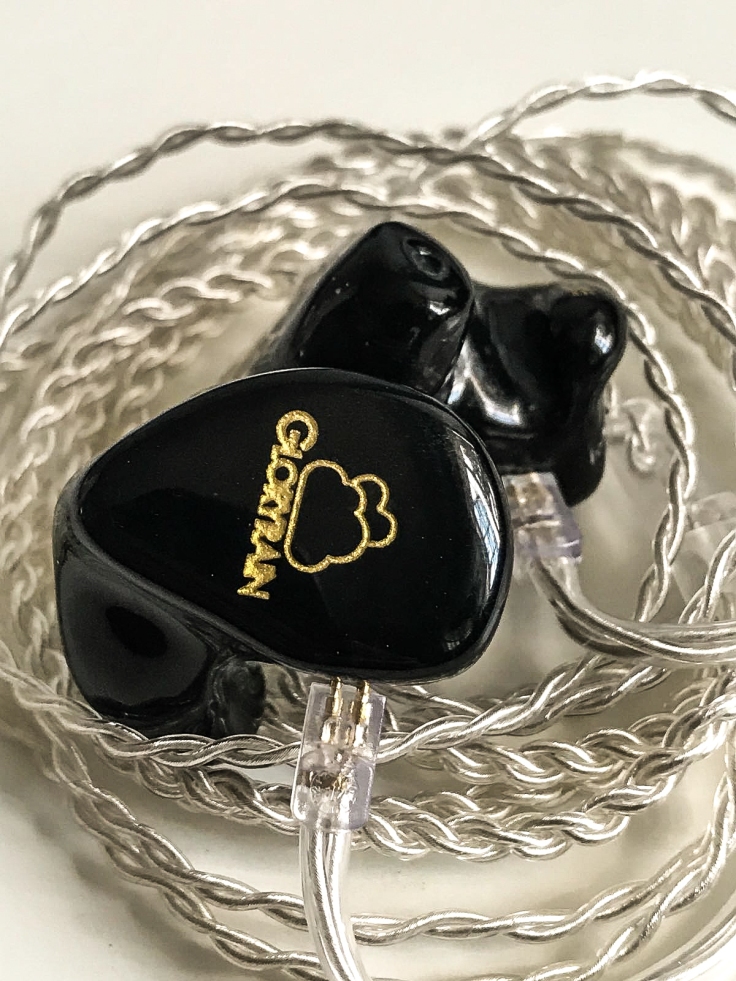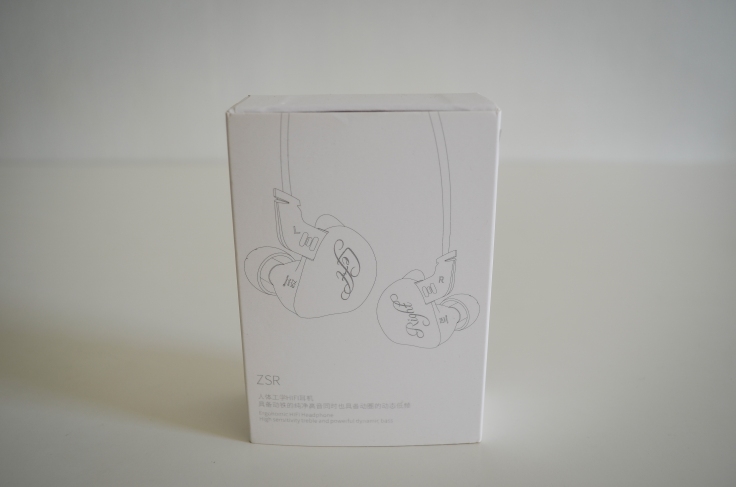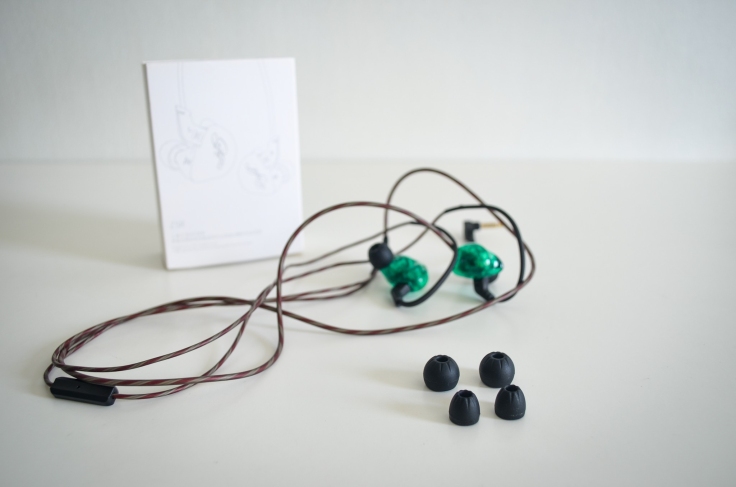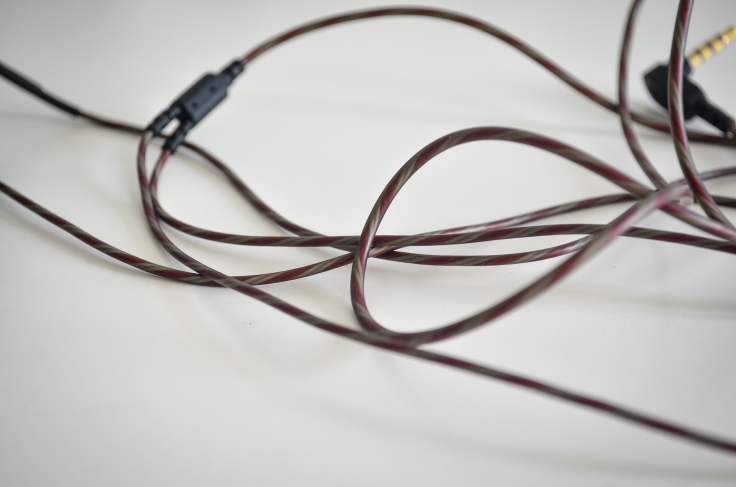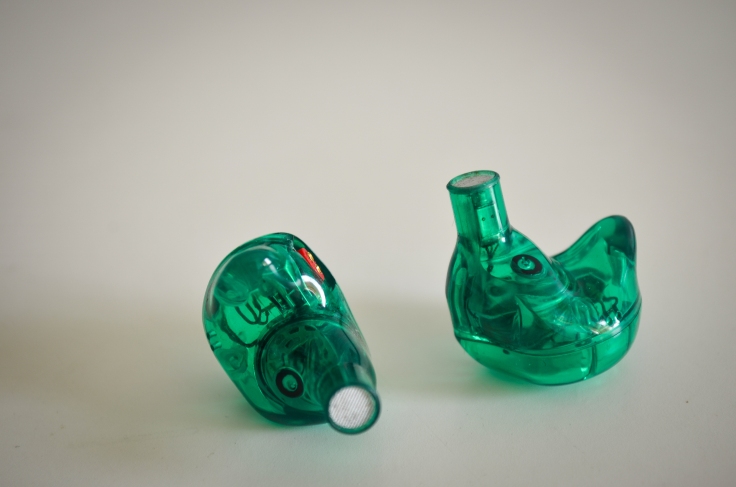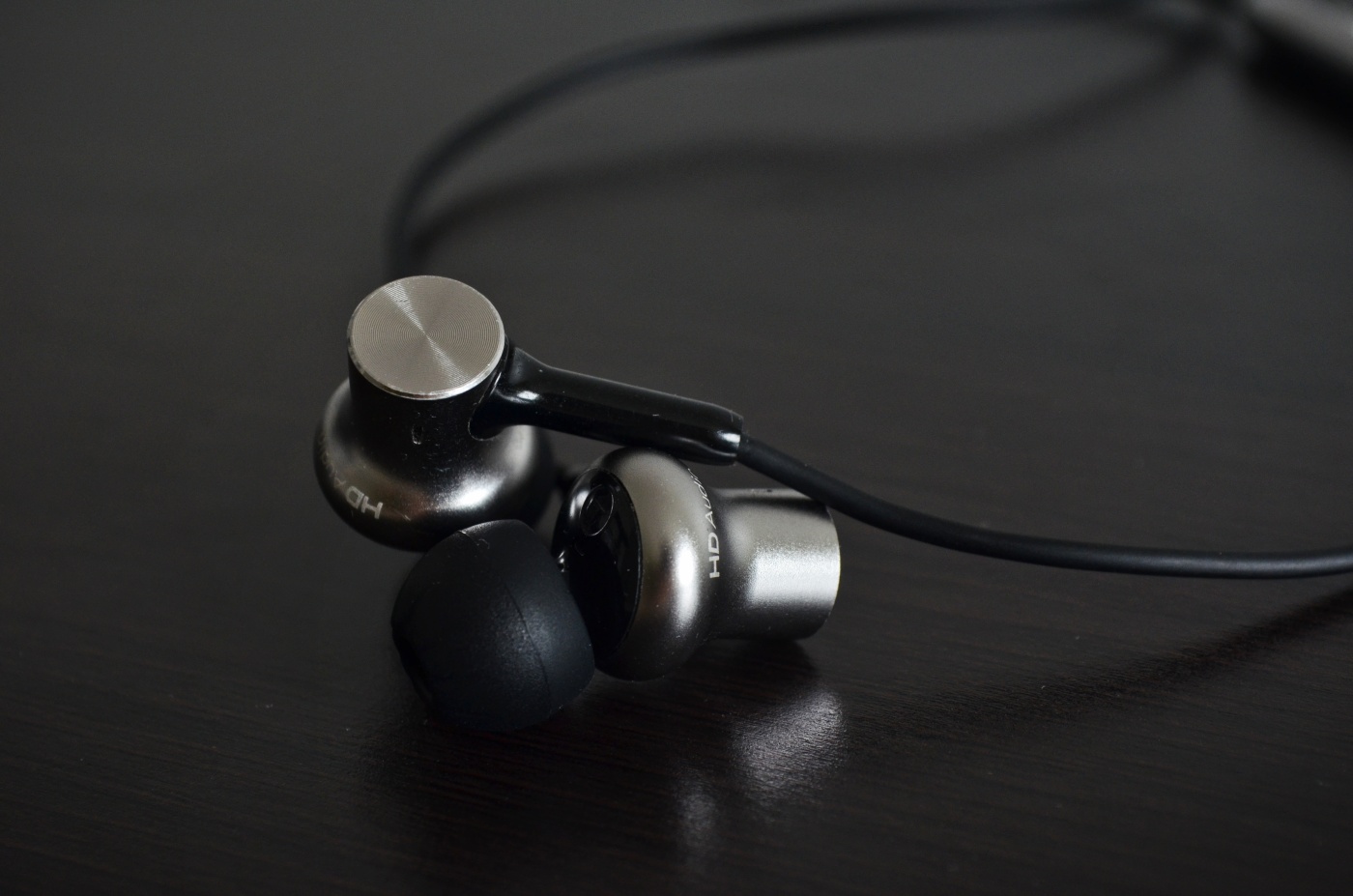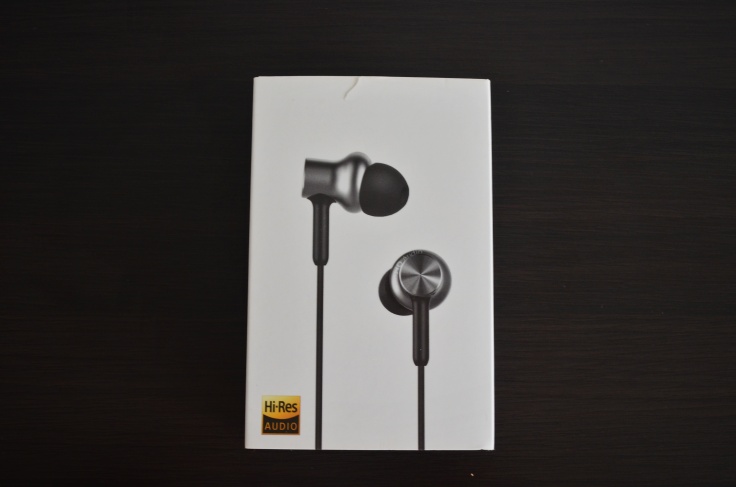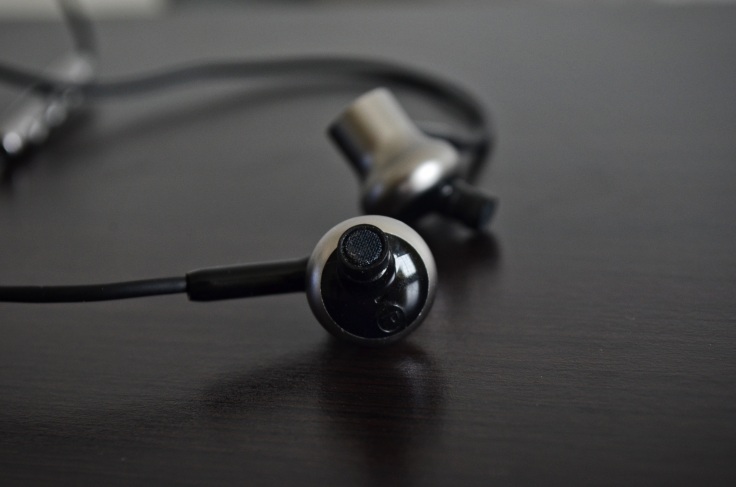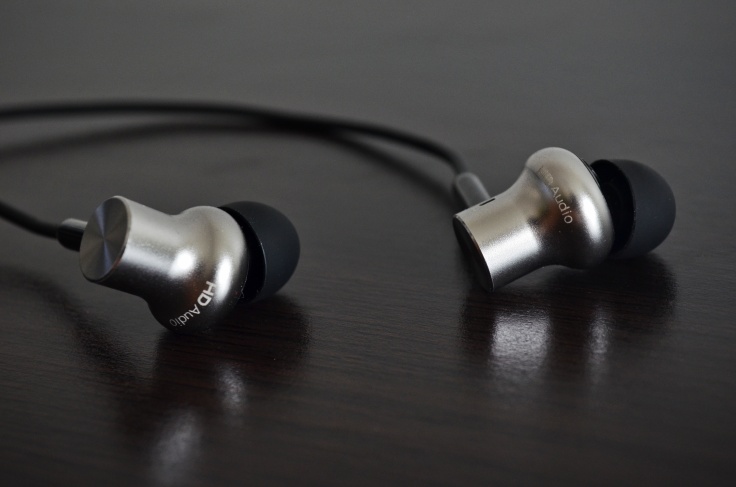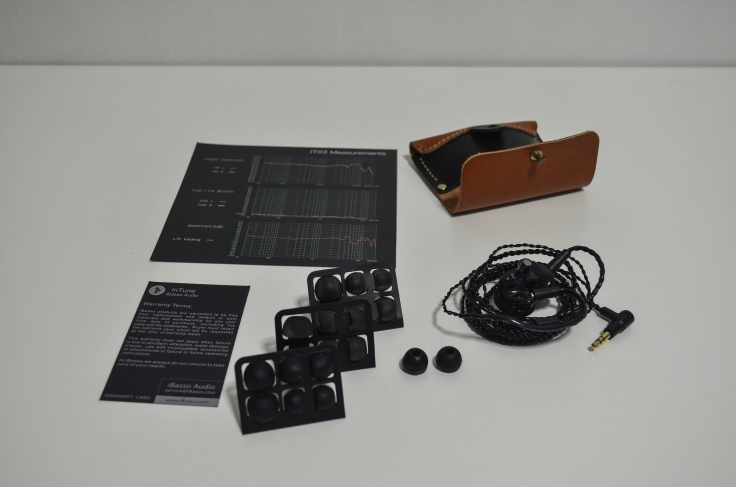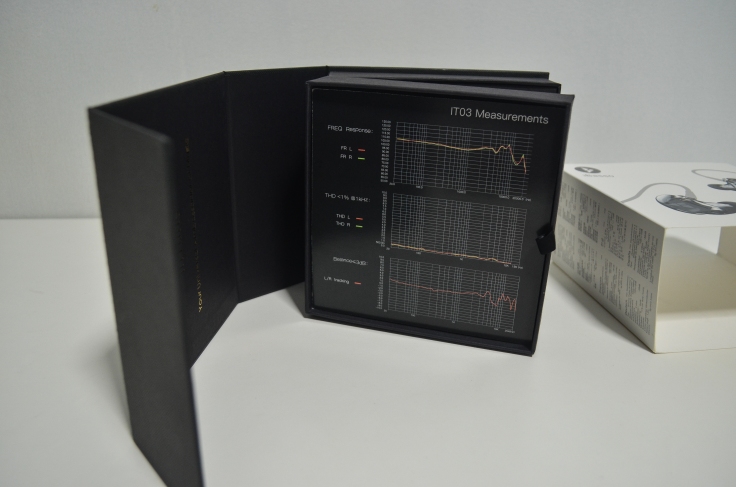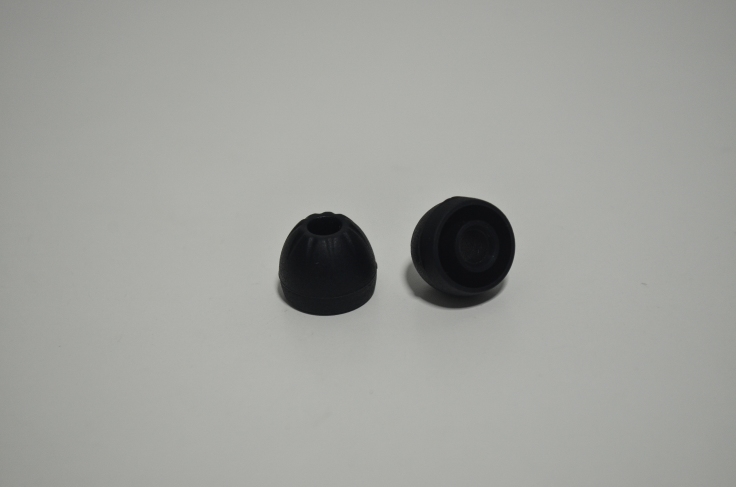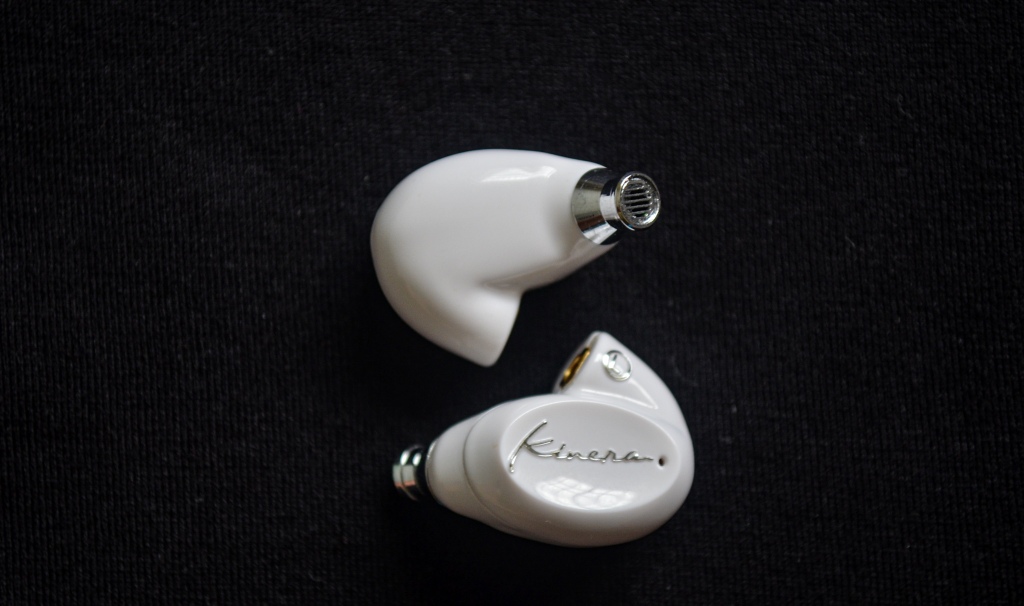
Specifications:
Driver: 1 x 10 mm Dynamic Driver
Impedance: 32 ohms
Frequency response: 20 – 20,000 Hz
Sensitivity: 110 dB
Connector: MMCX
Disclaimer: I am not affiliated with Kinera in any way and they sent the Sif over as a review unit. Kinera has not influenced me to say anything good or bad about the product and all opinions are mine and mine alone.
Before I start, I would like to give a big thank you to Steve and Kinera for the excellent communication and for providing us with the opportunity to review the Sif.
Links to Kinera’s Facebook page are available HERE!
Review by: “Charlie” from The Little Audiophile
Kinera Sif Retail Price (at time of writing): US$37 (SG$50)
TLA Score
Physical Attributes
Comfort: 10/10
Durability: 6/10
Ease of Wearing: 7/10
Noise Isolation: 6/10
Microphonics: 9/10
Value for Money: 10/10
Sonic Attributes
Bass: 10/10
Mids: 8/10
Trebles: 8/10
Sound Stage: 9/10
Separation & Imaging: 9/10
Source Matchability: 9/10
If you are into personal audio, the name “Kinera” should be no stranger to you. Remember the Idun that made waves not too long ago? Yeap, that was Kinera’s doing. Today we will be looking at the Kinera Sif, which is the Yang (light) in contrast to the Yin (dark), that is Kinera Seed. Coming in at just under 50 USD, it is one of the most affordable entries in Kinera’s lineup.
THE BOX
I wasn’t expecting to receive any packages that Friday when unexpectedly, a deliveryman showed up, handed a package over to me. Curious, I caressed it a little without opening it up, I determined the package was of a hexagonal shape.
“It’s the Kinera, no question”.

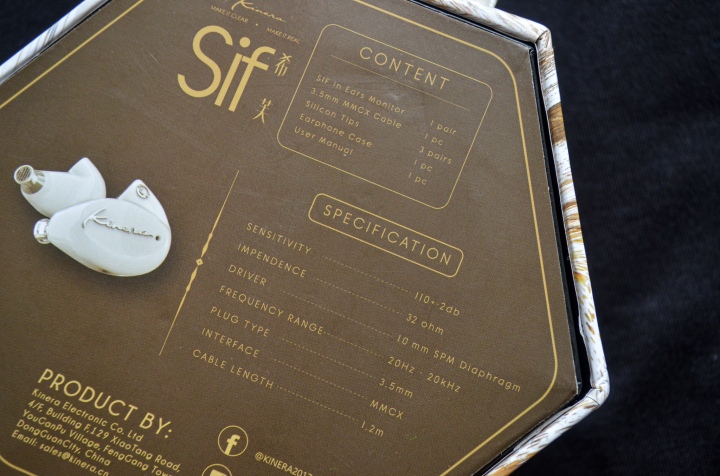
I actually really like the packaging style that Kinera has chosen for their more recent IEMs. Albeit coming in at vastly different prices, the Odin, Idun and Sif all share the same hexagonal packaging that slides off elegantly when the box is suspended by the top lid.
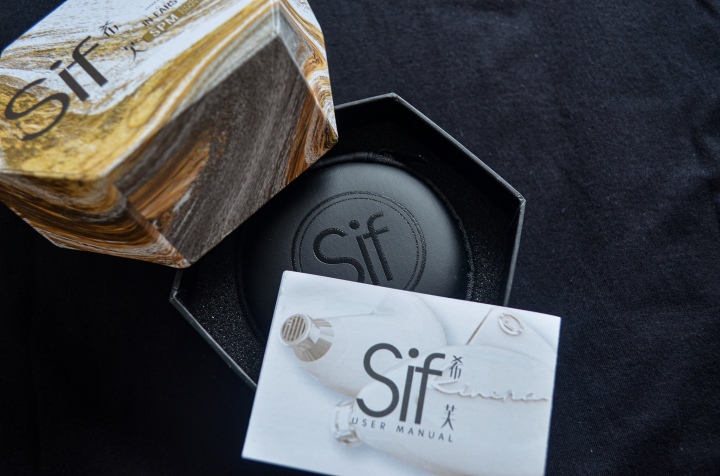
Kinera sure knows a thing or two about first impressions!
Inside, you will find some documentation, a semi-hard carrying case, 3 sets of ear-tips and the Sif itself with a velcro cable-manager attached to it. Pretty standard stuff.
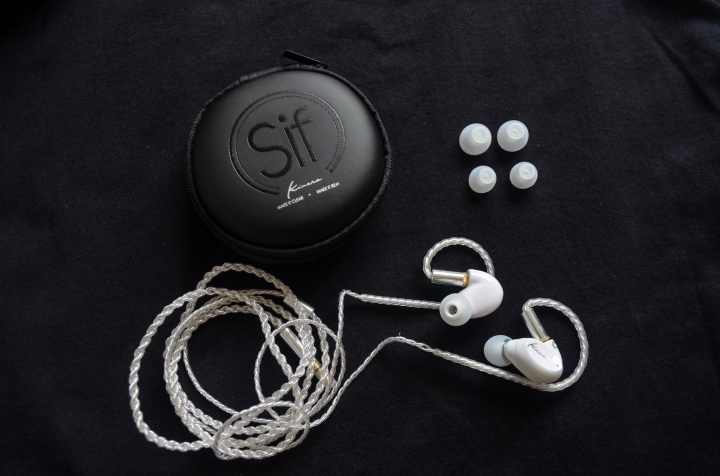
No complaints about the packaging or spread of accessories here.
BUILD AND DESIGN
Housing
The Sif is finished in a glossy white plastic housing that is extremely lightweight. It essentially has a similar shell shape as the Kinera SEED before it, albeit the different nozzle and colour availability.
The plastic on the Sif does not feel especially thick, it is reminiscent of the plastic used on the KZ ZSR that I personally own. The Sif is better put together though. I have no reason to believe that the Kinera Sif would break under normal use, although I would suggest taking extra precautions not to drop these from a height.
There are some rough edges at the seams where the faceplate joins the inner face. Knowing that the Idun and Odin do not have this problem leads me to assume that Kinera is trying to keep the cost down with this IEM, which in turn translates to a lower retail price at the consumer end.
The nozzle and grille on the Sif are made of metal. I support this design philosophy as the chrome colour of the nozzle does contrast nicely with the white housing of the Sif, apart from improving its strength and durability in the nozzle region. One gripe I have with the nozzle shape is the sloped design of the nozzle. Some 3rd party tips tend to slide down the nozzle, especially if the central tube is not rigid enough.
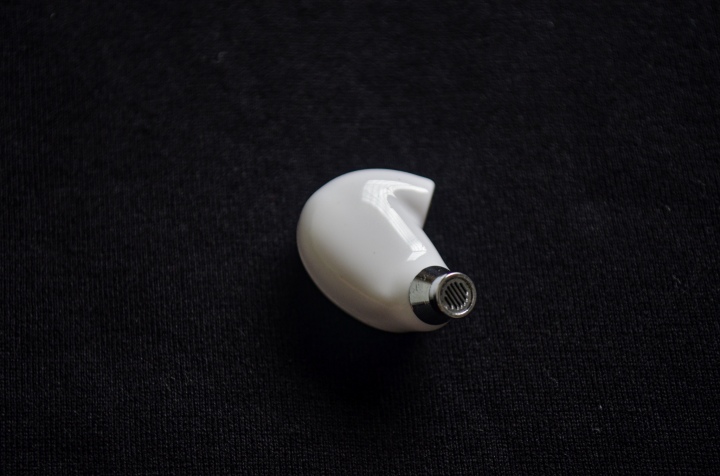
Yes, the cable is removable on the Sif, and similar to the Seed, the Sif also employs the MMCX connection standard. Having owned multiple MMCX equipped IEMs, I can quite easily discern that the MMCX is manufactured with a high tolerance. It has some give and certain 3rd party cables does wobble slightly in the MMCX jack. There was, however, no cutting out of sound when the cable was adjusted around its socket. On the stock cable, no wobble or looseness was detected, which is honestly pretty intriguing.
Thinking about it, at a significantly higher price point, the Acoustune line of IEMs do exhibit the exact same wobbly-connector characteristic so I guess I’ll give these a break.
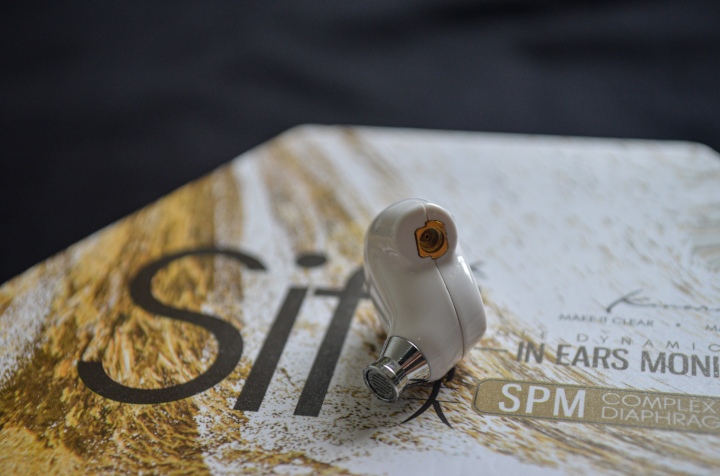
Overall, I would say that the Sif’s build quality is average at best. The thin plastic and wobbly connector do not particularly inspire a high degree of confidence in its durability, but again for its 37USD price tag, it’s fine.
Cable
The cable that Kinera ships with is a 4-wire 1.2 m Silver-Plated Copper cable which is tightly and evenly machine braided. The overall cable leans toward being on the thinner side and as such is extra supple. As mentioned, it locks securely on the main housing with no wobble. The 3.5 mm jack is minute. Real tiny. This jack should work well with those thick phone cases that are becoming so common these days.
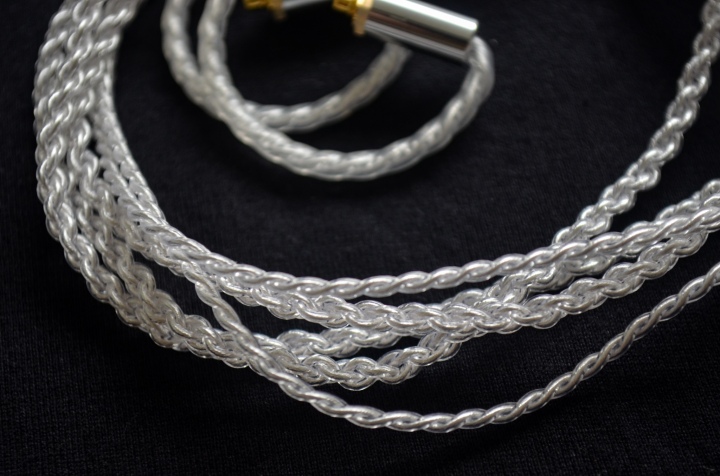
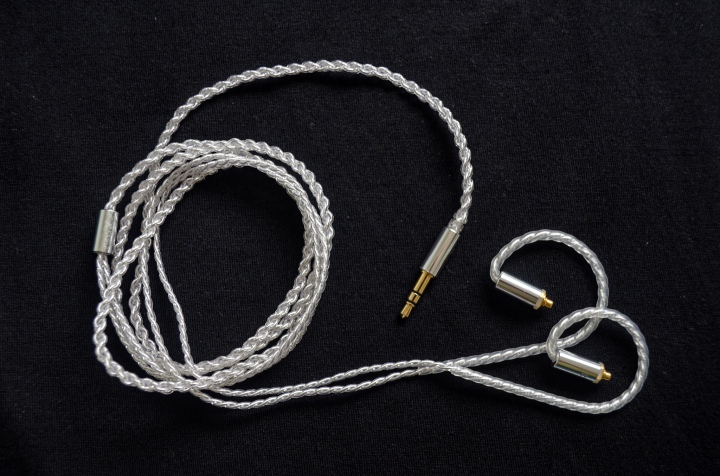
Microphonics are virtually non-existent with this IEM thanks to its soft and supple cable that does not transmit vibrational noise up into the IEMs.
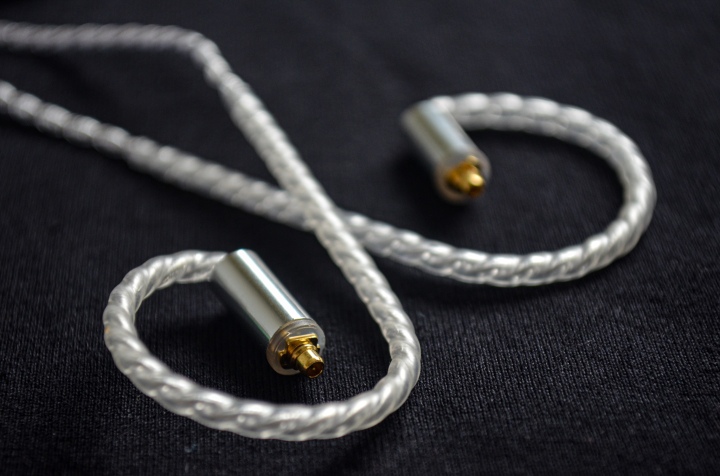
One thing about the Sif’s cable that I absolutely love is the aggressively curved shape-retaining ear hooks as shown below. No, the cable does not feature a memory wire, if that’s your thing. This aggressive curve contours tightly to the back of the ear which, to me at least, gives the perception of a more secure fit. It is a small detail, but an appreciated one nonetheless.
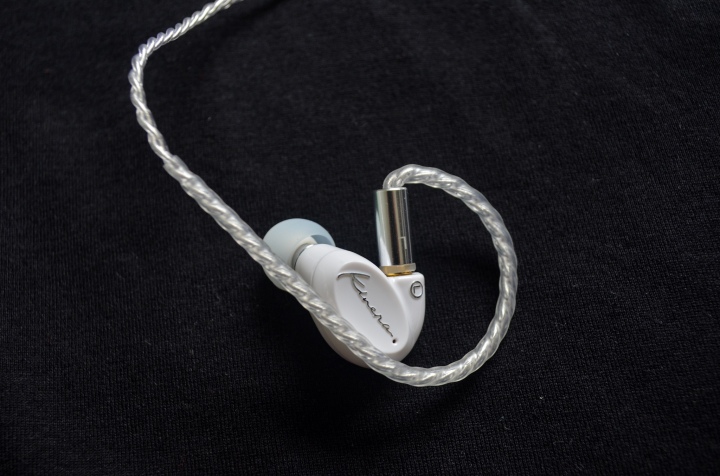
COMFORT AND FIT
The Sif is pretty much up there in terms of wearing comfort. The design resembles that of the Shure SE series of IEMs. Tried and true for the past 5 odd years or so, Kinera has taken the safe route with the design of the Sif, and Seed before it. I have absolutely no complaints about discomfort or pain when wearing this IEM. None.
I went crazy one day an I had these on for about 4 hours continuously – No discomfort whatsoever.
One minor gripe I have about the Sif is the ear tip compatibility. I won’t take any points away from this as it isn’t inherently a negative, but you are pretty much inclined to use hard-stem ear tips with this IEM. To start, the ear tips that Kinera provide are exactly that – hard stemmed. They fit well, but, when switching over to something like the Final Audio Type E ear tip or Spinfits even, they seem to angle really weirdly in the inner ear. I do get a “balanced” left and right isolation, however.
That leads us nicely onto noise isolation I guess. How do these isolate? Honestly, not as good as I expected. Looking at the SE215, HEM1 and EDC which shares a relatively similar housing to the Sif, the noise isolation of the formers outclass that of the Sif.
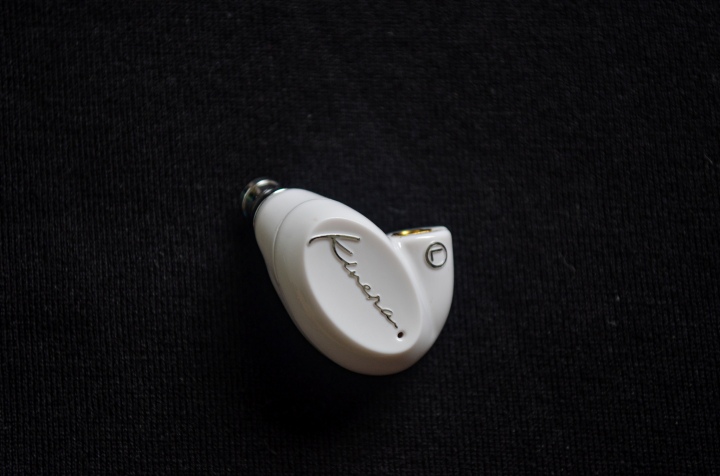
With that said, considering the Sif against an IEM of any shape, noise isolation is just about average – the seal is quite airy and when commuting on Singapore’s Mass Rapid Transit (MRT), I can quite easily pick up low levels of environmental and ambient noise in my immediate area. Looking at the Sif’s design, there are two small outward facing holes which I believe is for air to move around the dynamic driver. I think this is the source of the slightly decreased isolation. It shouldn’t be a deal breaker for most though!
SOUND QUALITY
Sound Quality was tested on my Opus 1 DAP
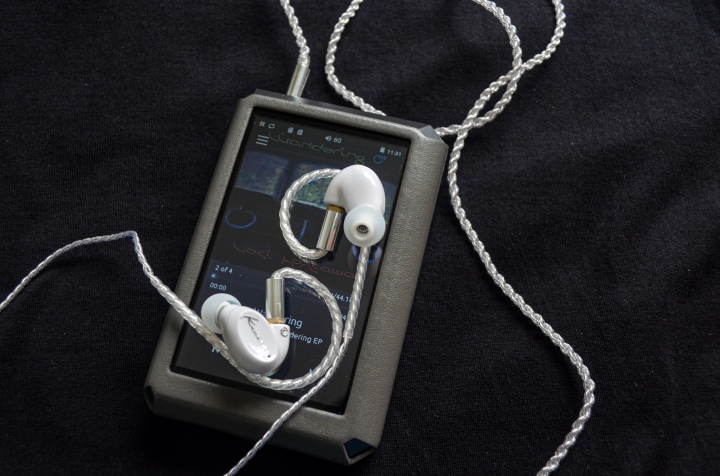
According to Kinera, the Sif sports a single 10 mm SPM Complex Diaphgram Driver which in other words, is basically a dynamic driver to oversimplify things. Kinera recommends at least a 30-hour burn-in period is needed for the sound to settle. On my end, I did as they recommended and yes, there was a sonic difference. Most notably, the upper mids smoothened out and the bass tightened up a tad.
Especially on more budget-friendly IEMs, I usually don’t buy into the 10 mm… 13mm… 1000mm nuclear-powered, sub-atomic blah blah blah driver that companies too often slap onto their packaging, for the sake of appealing to the masses.
The Sif here is different. For just 37 USD, what Kinera has done here is magic. I’m sure they have coated the Sif’s drivers with fairy dust or unicorn poopoo because these little guys can easily rival IEMs twice, or even thrice it’s price. I’m not even exaggerating.
Soundstage, Separation and Imaging
When properly run, the soundstage on this IEM can be pretty phenomenal. An example of this is with the track “Wandering” by Yosi Horikawa. The song starts off progressively and in the first 20 seconds, the sound footsteps and birds chirping in the distance reach out very far with a good sense of air, space, and realism. That said, the Sif is capable of replicating soundstage from very near in to very far out. Interestingly, the Sif is able to replicate depth and height pretty well. Going back to the track “Wandering”, I can quite easily discern that the two groups of birds were chirping to my rear left and right at an elevated height. I can easily tell they were perched on a tree.
I guess this brings us nicely to the accuracy in the positioning of entities in the soundstage. Yes, it is again pretty good in this regard. I can pinpoint where each sound is coming from in the soundstage to a couple of degrees.
Separation on the Sif is good stuff. I think the airiness in the seal and spaciousness in the soundstage helps to clear up any congestion and compression between the instruments and vocals. A good example of this would be on the track “The Freedom Song” by Jason Mraz. At the beginning of the song, the bongos, guitars and vocals are presented as individual entities in the mix. Hit the 40-second mark, snares, drums and other instruments kick in and again remain pretty much uncongested and well separated. That said, the Sif can handle more complex tracks with ease.
Sound Signature
The Sif is warm sounding IEM with a mid-bass and upper-mid emphasis. Having the Sif as my daily driver for about 2 weeks straight, I found it very hard to find any faults in the sound signature or tuning. Considering the price, I would even go on to say that the tuning is damn near perfect.
Bass
Sub-bass is very well extended. An example here would be in the track “I Like Me Better" by Lauv. This song is basically sub-bass galore and the Sif is fully capable of presenting the energy of every sub-bass hit. It was quite a treat for me!
Mid-bass is again simply delicious. It is very slightly more emphasized over the sub-bass and is super energetic and impactful with minimal bleeding into the mids. Bass has good speed and decays appropriately quickly, making way for the next notes to come without interfering with them. It also does not muddy the lower mids
Bass, in general, has very good resolution and is very well balanced with the mids and trebles. It is perhaps my favourite thing about the IEM.
Mids
Mids on the Sif have a forward presentation. Male and female vocals are in no way recessed with this IEM – just the way I like it! When taking something like “Don’t Know Why” by Norah Jones, her vocals are represented perfectly with the instrument. Her vocals also come off as being very natural with good texture and a touch of graininess.
“Hot-plugging” around the KZ ZSR, iBasso IT01 and Sif on the same track, I found that the ZSR came off as slightly sharp and slightly thin sounding while the IT01 presented her vocals in a slightly recessed manner and was noticeably muddier in contrast to the Sif. I.e. to say, I liked the presentation of the Sif best.
The same thing can be said for male vocals. IMO, they are just a hair more emphasized as compared to their female counterpart, while still remaining natural. I think this presentation also really allows the emotions of the singer to come through.
Instruments in this frequency have good speed and impact. Guitars on the track “Give Me A Moment” by J.S. Ondara are wonderfully crunchy and clean, albeit being less emphasized in contrast to his vocals.
In the upper-mids, some mild sibilance would surface on “essy” tracks. It is nowhere near unbearable of off-putting though. I would consider myself moderately sensitive to sibilance, and to put things into perspective, the track “New Face” actually sounds fine with the Sif at normal listening volumes.
Trebles
Lastly, trebles on the Sif are quite detailed with a good amount of resolution. Micro-details are not the most obvious when compared to some of my balanced armature IEMs, but for the price and dynamic driver configuration, it is one of the better ones in this regard.
I believe there are some peaks in the lower trebles, but the mid and upper trebles are pretty smooth. Treble extension is also pretty good, although, at the very highest end of the treble at or around the 16,000 Hz range, it really starts to dip. For reference, I have a hearing range of about 14 – 22,000Hz.
Overall, an unoffensive presentation and harshness is very well restrained.
CONCLUSION
So, who is this IEM for? Simply put, I would pretty much recommend these to anyone looking for a 50 dollar IEM. I mean, the value that Kinera brings to the table with the Sif is just incredible. It is unfazed by almost all genres that I have thrown at it.
Now, this is just my personal preference and you might disagree with me, but, I would actually choose the Sif over the very popular Tin Audio T2, iBasso IT01 and Shure SE215 any day. It is more fun sounding than the T2, cleaner and less veiled than the IT01 and simply more detailed than the SE215.
Today, Kinera has proven that value, a single dynamic driver and quality can, in fact, come together, with proper research and careful tuning. It is just so hard to fault the Sif here apart from its slightly uninspiring build quality and average noise isolation. That said, if those flaws aren’t absolutely critical to you, I would truly and wholeheartedly recommend these IEMs.
Head over to thelittleaudiophile.wordpress.com for more reviews!



